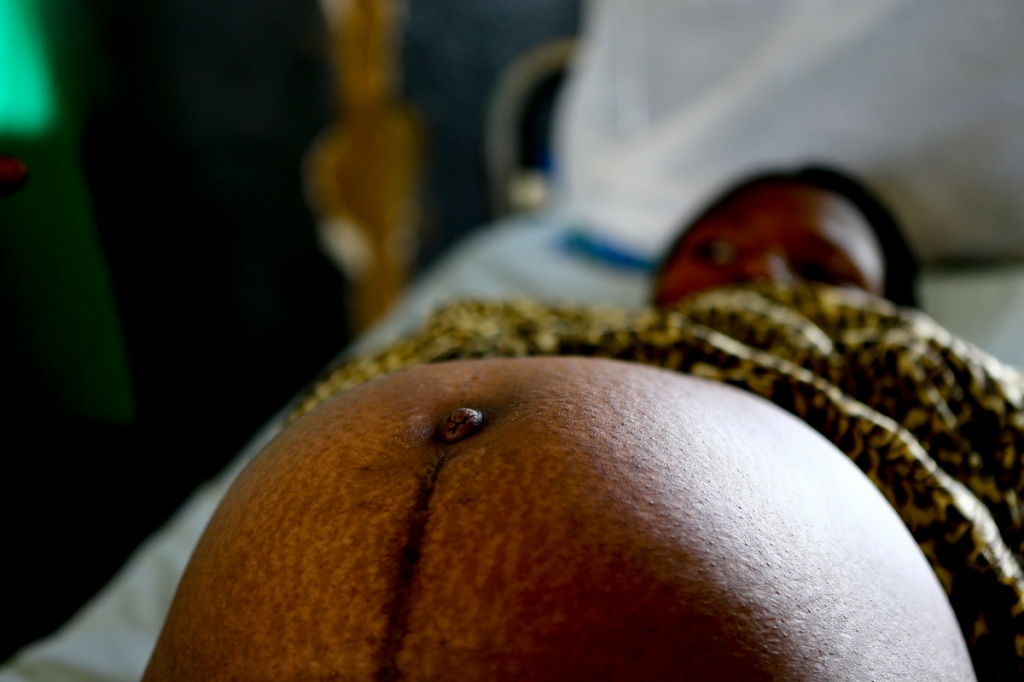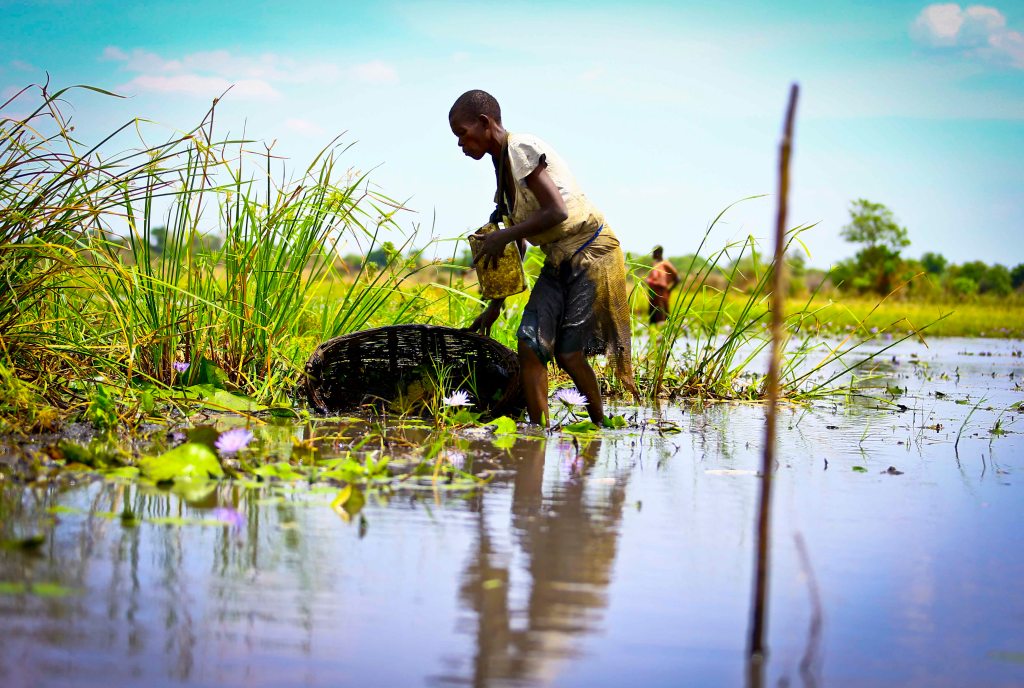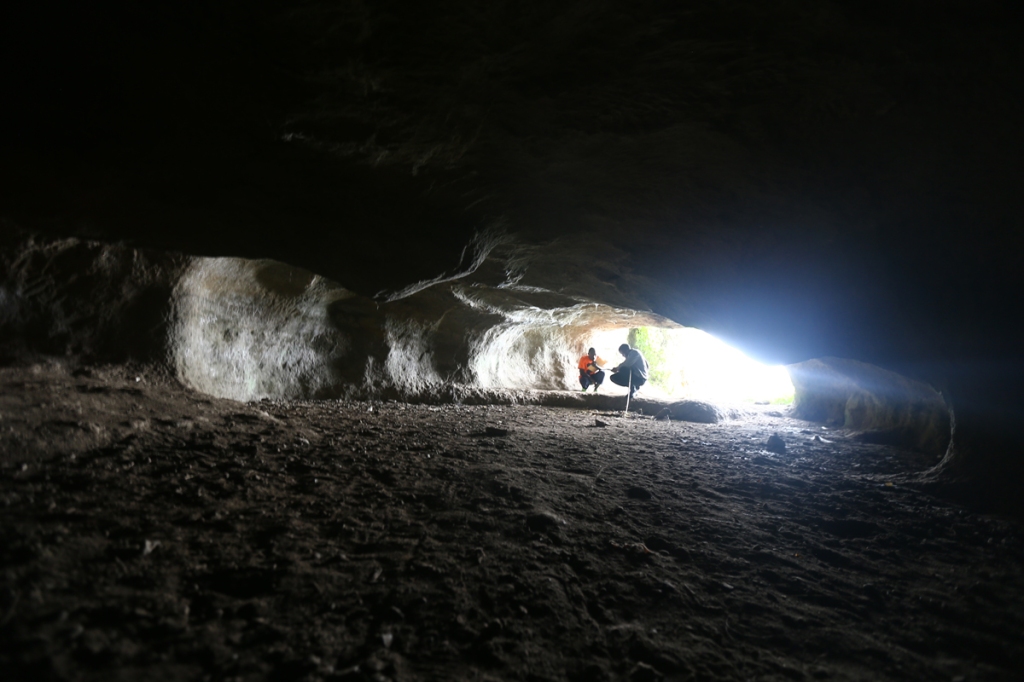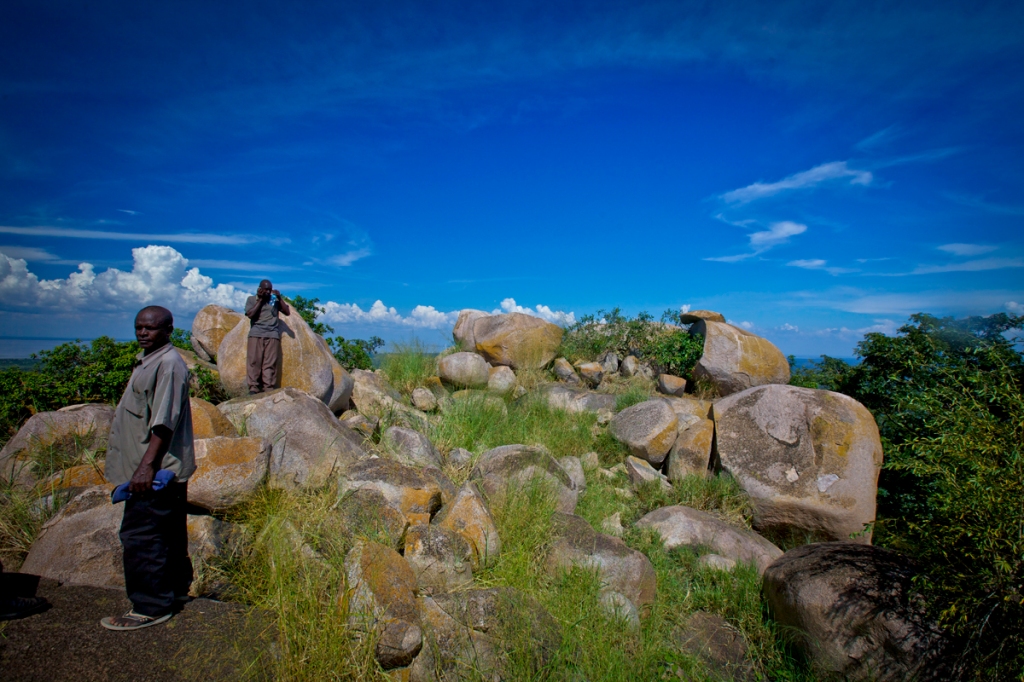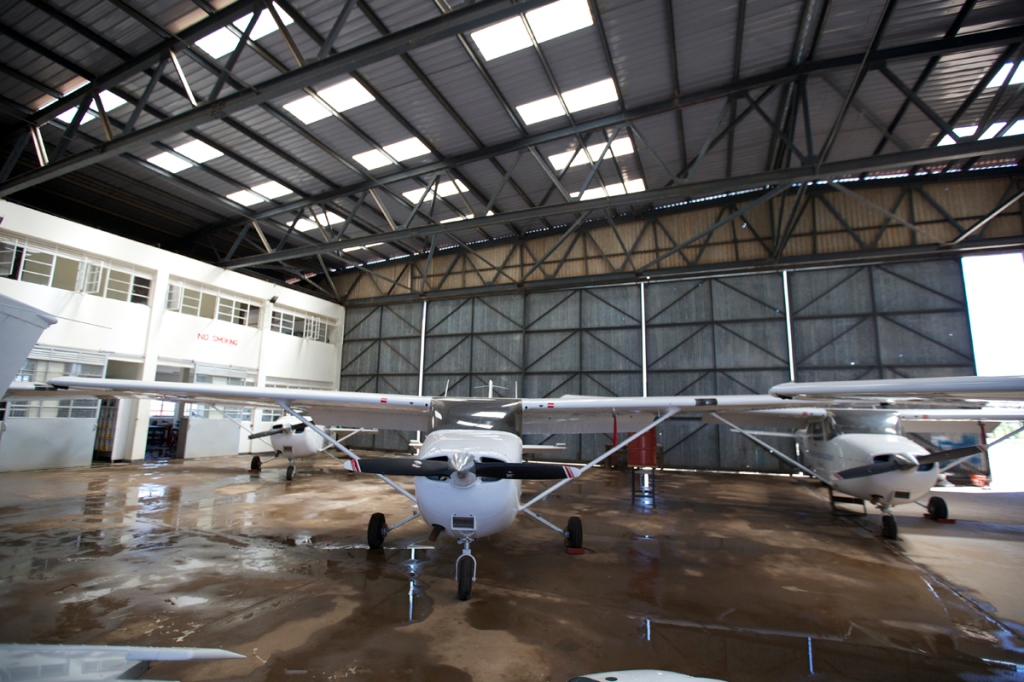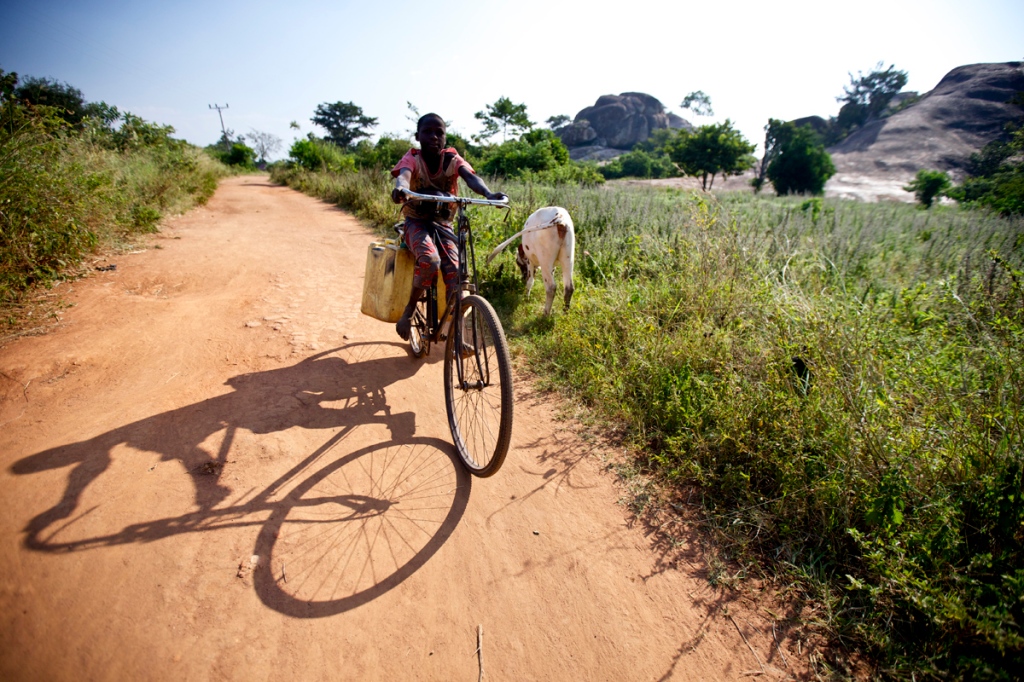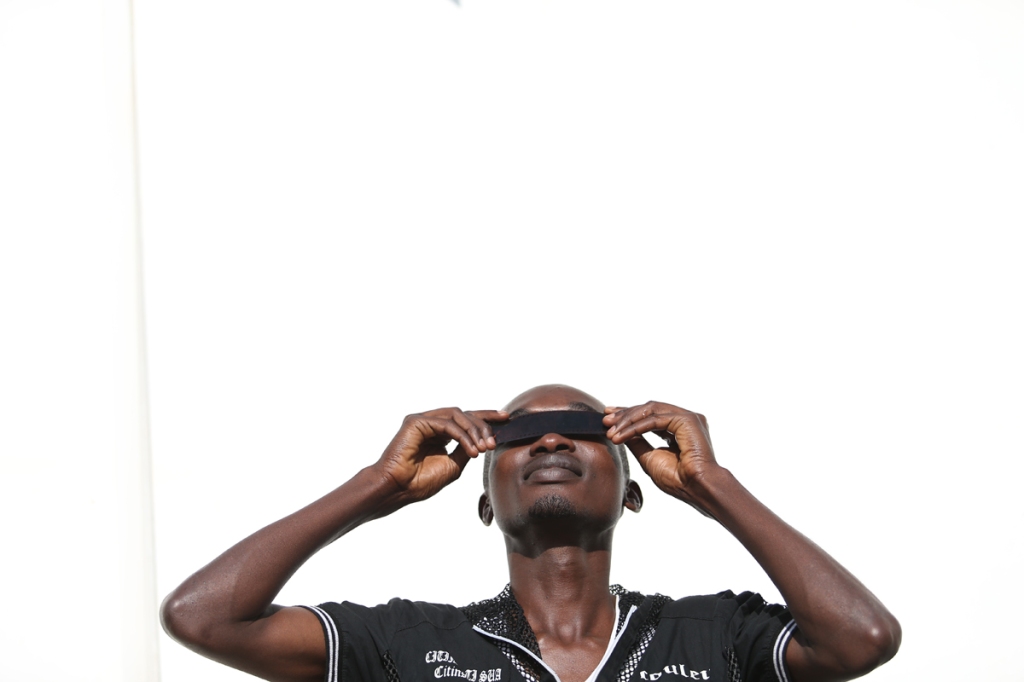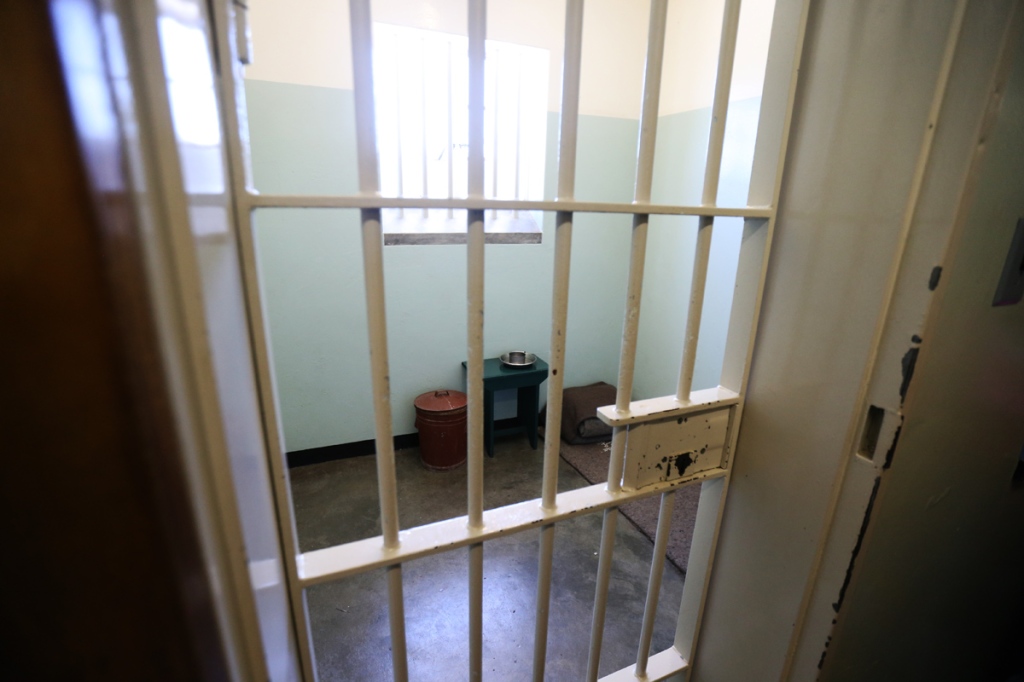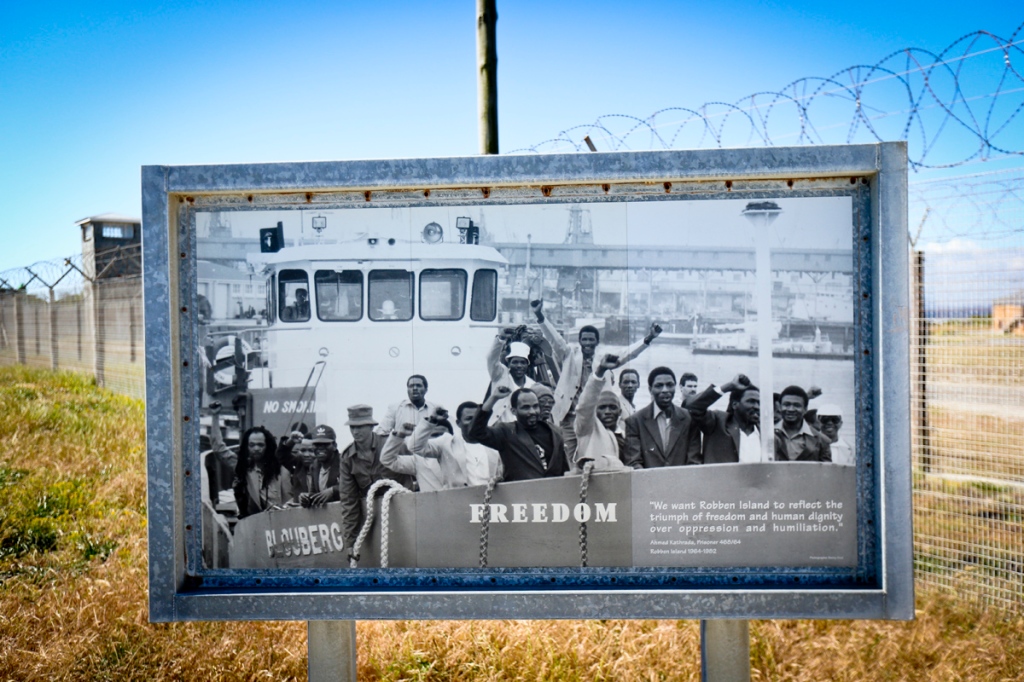Edward Echwalu – Documentary Photographer
Seeking to Creatively Document Life’s Passing Moments, One Shot at a Time
- HOME
- PHOTO ESSAYS
- HEALTH
- PHOTOGRAPHY TIPS
- ENVIRONMENT
- PHOTO OF THE DAY
- Photo Of the Day: DR Congo Refugee
- Photo Of the Day: Two Faces
- Photo Of the Day: HIV/AIDS Mother
- Photo Of the Day: As the Climate Patterns Change………
- PHOTO OF THE DAY: Heart Broken Ugandan
- Photo Of the Day: Lonely Tree
- Photo Of the Day: The Mysterious Girl
- Photo Of the Day: International Womens Day
- Photo Of the Day:Casual and Smart
- Photo Of the Day:White Water Rafting
- Biography
- CONTACTS
FGM in Uganda: illegal by law, but ‘legal’ by culture
Female genital mutilation (FGM) is a practice that involves partial or total removal of the female external genitalia or other injury to the female genital organs for non-medical reasons as defined by the World Health Organisation (WHO).
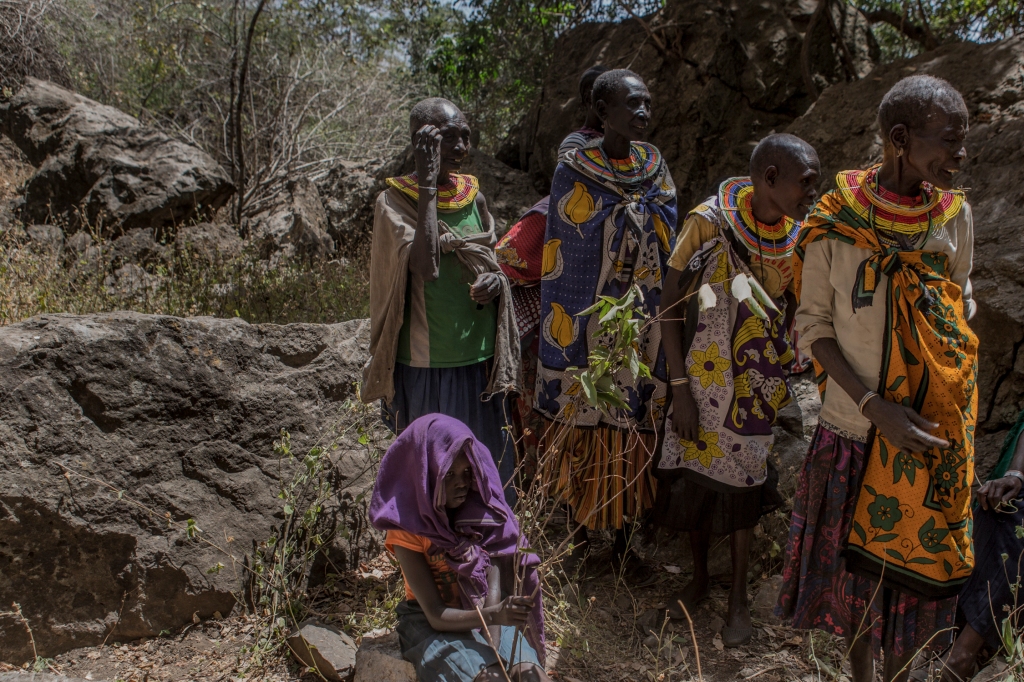
Elderly former Female Genital Mutilation (FGM) surgeons dance around a young girl during a mock ceremony that represents a cutting ceremony at Katabok hills in Amudat district, located 410km northeast of Uganda. In 2015, a total of 193 UN member states resolved to end FGM by 2030 during the UN Sustainable Development. FGM is still actively being practiced in some eastern and northeastern districts of Uganda- among those; Kapchorwa, Sebei, Bukwo and Nakapiripirit. Although Uganda outlawed Female Genital Mutilation in 2010, the practice continues to be practiced, although dangerously underground for fear of prosecution. In the border districts, many girls today cross over to Kenya to get cut before returning to Uganda.
In some African countries, this cultural practice is carried out mostly as a rite of passage to adulthood.
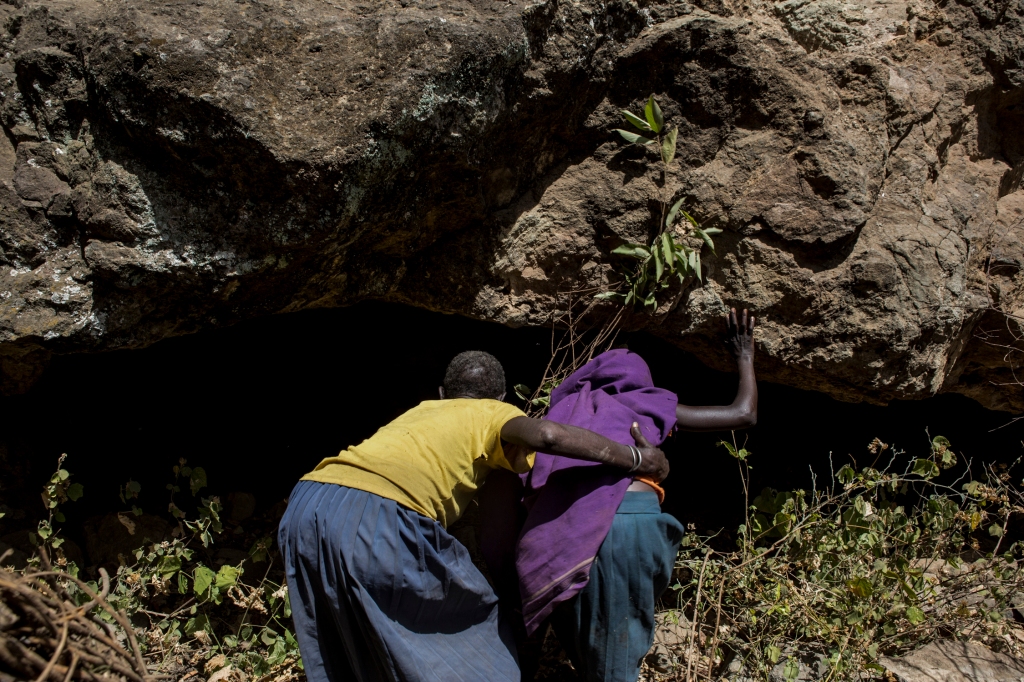
Elderly former Female Genital Mutilation (FGM) surgeon walks a girl into the cave in what would have been her final step before being cut during a mock ceremony that represents a cutting ceremony at Katabok hills in Amudat district, located 410km northeast of Uganda. In 2015, a total of 193 UN member states resolved to end FGM by 2030 during the UN Sustainable Development. FGM is still actively being practiced in some eastern and northeastern districts of Uganda- among those; Kapchorwa, Sebei, Bukwo and Nakapiripirit. Although Uganda outlawed Female Genital Mutilation in 2010, the practice continues to be practiced, although dangerously underground for fear of prosecution. In the border districts, many girls today cross over to Kenya to get cut before returning to Uganda.
In Sebei and Karamoja regions, located in eastern and northeastern Uganda, the Sabiny and Pokot tribes that initially practiced* Female Genital Mutilation believed that it was the only way of preparing a woman for marriage.
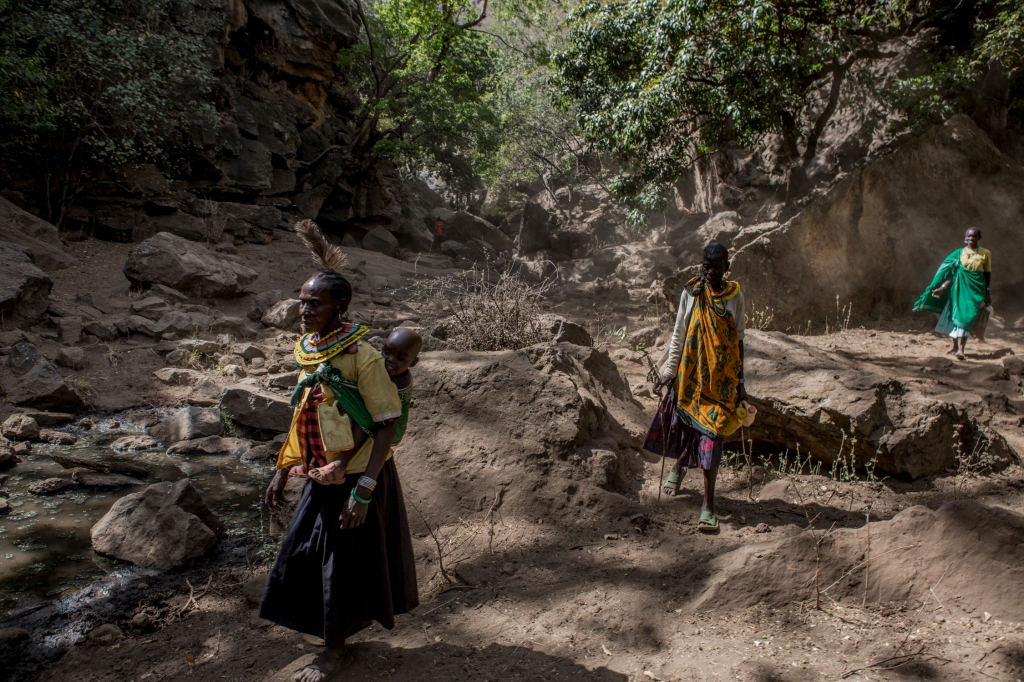
A string of elderly women who are former FGM surgeons walk away from the spiritual caves that used to be hiding places where young girls would be cut. The women, now reformed say, they changed their minds through a series of education and the enactment of the law against FGM in 2010. Today, they play the role of change agents by going around other communities that still illegally practice FGM to discourage them from the cruel cultural practice. n 2015, a total of 193 UN member states resolved to end FGM by 2030 during the UN Sustainable Development. FGM is still actively being practiced in some eastern and northeastern districts of Uganda- among those; Kapchorwa, Sebei, Bukwo and Nakapiripirit. Although Uganda outlawed Female Genital Mutilation in 2010, the practice continues to be practiced, although dangerously underground for fear of prosecution. In the border districts, many girls today cross over to Kenya to get cut before returning to Uganda.
Once a young girl (as young as 5yrs) underwent the ritual, she would be considered clean and mature enough to be married off. They believed the process did reduce a woman’s libido, thus minimizing chances of promiscuity.

Rebecca Chepekarial, displays scars she got on her back as a result of the Female Genital Mutilation initiation ceremony in Amudat district, located 410km northeast of Uganda. Rebecca, a victim of FGM and a former cutter says that, one had to endure a lot of painful initiation ceremonies on the body as a mark of courage before the actual FGM is conducted. In 2015, a total of 193 UN member states resolved to end FGM by 2030 during the UN Sustainable Development. FGM is still actively being practiced in some eastern and northeastern districts of Uganda- among those; Kapchorwa, Sebei, Bukwo and Nakapiripirit. Although Uganda outlawed Female Genital Mutilation in 2010, the practice continues to be practiced, although dangerously underground for fear of prosecution. In the border districts, many girls today cross over to Kenya to get cut before returning to Uganda.
Today, Female Genital Mutilation is illegal in Uganda. In 2010, Uganda passed a law prohibiting the practice, with offenders liable to face considerable jail time of up to 5 years.
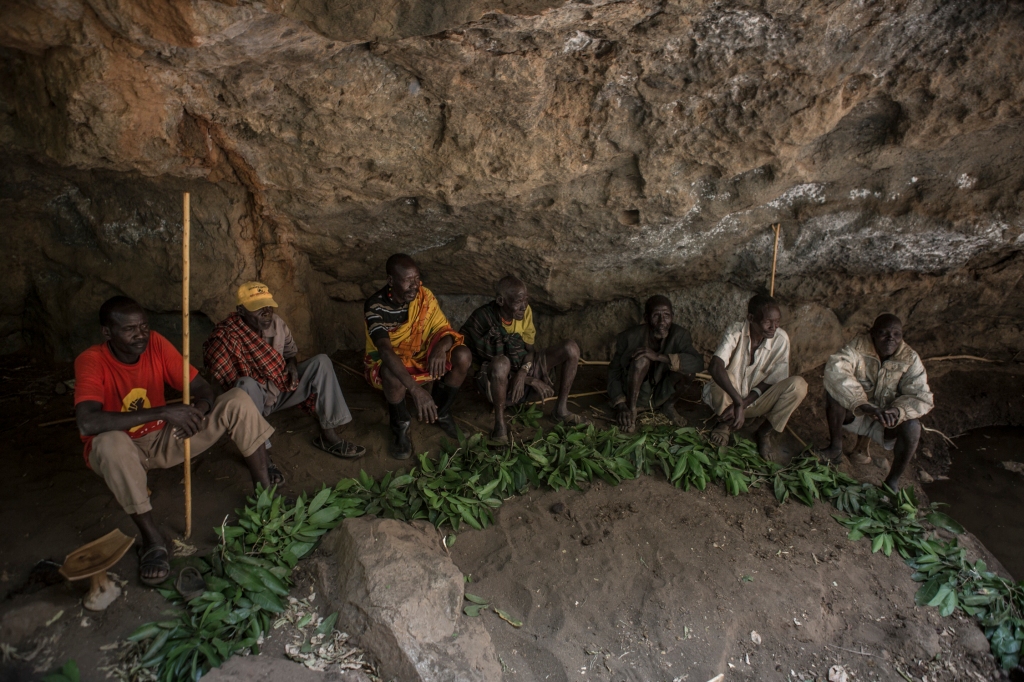
A string of elderly men, play the spiritual role during a mock ceremony to represent the processof Female Genital Mutilation (FGM) at Katabok hills in Amudat district, located 410km northeast of Uganda. To appease the gods, they would slaughter a goat to render blessings to the girls who were destined for FGM. In 2015, a total of 193 UN member states resolved to end FGM by 2030 during the UN Sustainable Development. FGM is still actively being practiced in some eastern and northeastern districts of Uganda- among those; Kapchorwa, Sebei, Bukwo and Nakapiripirit. Although Uganda outlawed Female Genital Mutilation in 2010, the practice continues to be practiced, although dangerously underground for fear of prosecution. In the border districts, many girls today cross over to Kenya to get cut before returning to Uganda.
Criminalization of the practice has given room to an underground pricy and dangerous racket that operates in absolute secrecy.

A man walks through a narrow enclave leading to caves that were formerly used to conduct Female Genital Mutilation in Katabok village, Amudat district. UNFPA has played a crucial role since 1989 in advocating for end of FGM in northeastern Uganda. In 2015, a total of 193 UN member states resolved to end FGM by 2030 during the UN Sustainable Development. FGM is still actively being practiced in some eastern and northeastern districts of Uganda- among those; Kapchorwa, Sebei, Bukwo and Nakapiripirit. Although Uganda outlawed Female Genital Mutilation in 2010, the practice continues to be practiced, although dangerously underground for fear of prosecution. In the border districts, many girls today cross over to Kenya to get cut before returning to Uganda.
Although Kenya passed a similar law in 2014, banning Female Genital Mutilation, many Ugandans still cross the porous border under the cover of darkness to be cut and only to return when it is done.
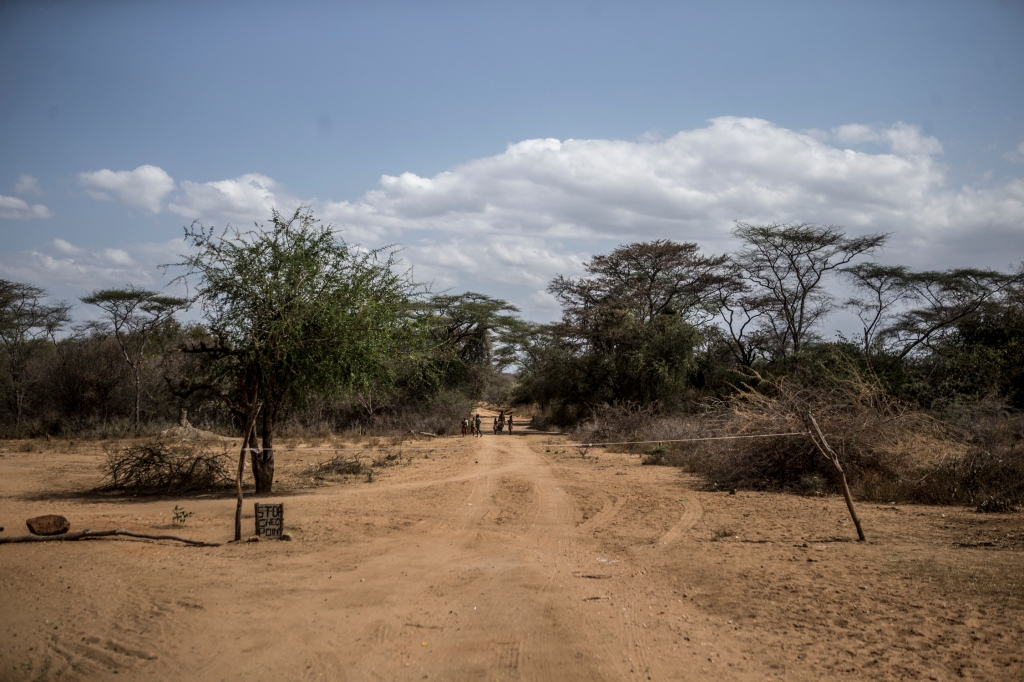
A makeshift border crossing point between Uganda and Kenya in Amudat district. Since Uganda outlawed Female Genital Mutilation in 2010, the practice continues to be practiced, although dangerously underground for fear of prosecution. Many teenage girls are sneaked into Kenya, taking advantage of the porous borders to be cut and are later returned to Uganda. In 2015, a total of 193 UN member states resolved to end FGM by 2030 during the UN Sustainable Development. FGM is still actively being practiced in some eastern and northeastern districts of Uganda- among those; Kapchorwa, Sebei, Bukwo and Nakapiripirit.
FGM is recognized internationally as a violation of the human rights of girls and women. It reflects deep-rooted inequality between the sexes, and constitutes an extreme form of discrimination against women.

Religion is playing a central role in educating and changing attitudes of communities that still practice FGM. A youthful choir group sing songs against the practice of FGM in Katabok village, in Amudat, located 410km northwest of Kampala, Uganda. In 2015, a total of 193 UN member states resolved to end FGM by 2030 during the UN Sustainable Development. FGM is still actively being practiced in some eastern and northeastern districts of Uganda- among those; Kapchorwa, Sebei, Bukwo and Nakapiripirit. Although Uganda outlawed Female Genital Mutilation in 2010, the practice continues to be practiced, although dangerously underground for fear of prosecution. In the border districts, many girls today cross over to Kenya to get cut before returning to Uganda.

A mother walks her baby strapped to her back at a border trading center between Uganda and Kenya in Amudat district, located 410km northeast of Uganda. The district is one of the hotspots for cross border FGM practice as strict regulations in Uganda have forced many girls to cross to Kenya to illegally to get cut. In 2015, a total of 193 UN member states resolved to end FGM by 2030 during the UN Sustainable Development. FGM is still actively being practiced in some eastern and northeastern districts of Uganda- among those; Kapchorwa, Sebei, Bukwo and Nakapiripirit. Although Uganda outlawed Female Genital Mutilation in 2010, the practice continues to be practiced, although dangerously underground for fear of prosecution. In the border districts, many girls today cross over to Kenya to get cut before returning to Uganda.

Some of over a dozen girls running away from forced FGM and marriage and are currently being hosted at Kalas Girls primary School, a Christian establishment that provides refuge to these teenage girls, walk to an evening church service in Amudat district. Young Girls remain the most vulnerable group to the now outlawed practice of Female Genital Mutilation (FGM) in Uganda. A recent report (2017) from the Uganda government indicates that parents play the most crucial role in forcing teenage girls into getting circumcised for the purpose of marrying them off for riches.
Raw Emotions As Uganda Qualifies For The African Cup Of Nations For The First Time Since 1978
Uganda has qualified for the African Cup of Nations (AFCON) for the first since 1978.
The majority of fans who watched the game at the Mandela National Stadium were witnessing a piece of history for the first time in their lives.
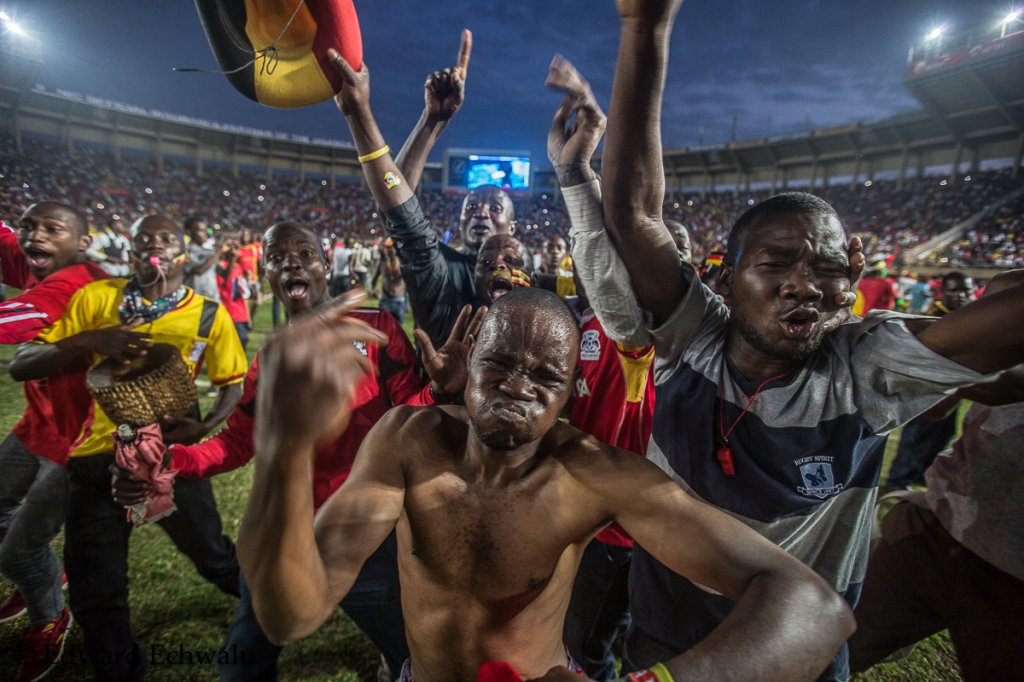
Uganda has come close to qualifying for AFCON on multiple occasions before. South Africa, Rwanda, Kenya have all before denied the country a chance of qualification at the last breath.
Heartbreak is what the majority have been accustomed to. And photographing that has never been an easy stroll for a passionate supporter of Ugandan football.
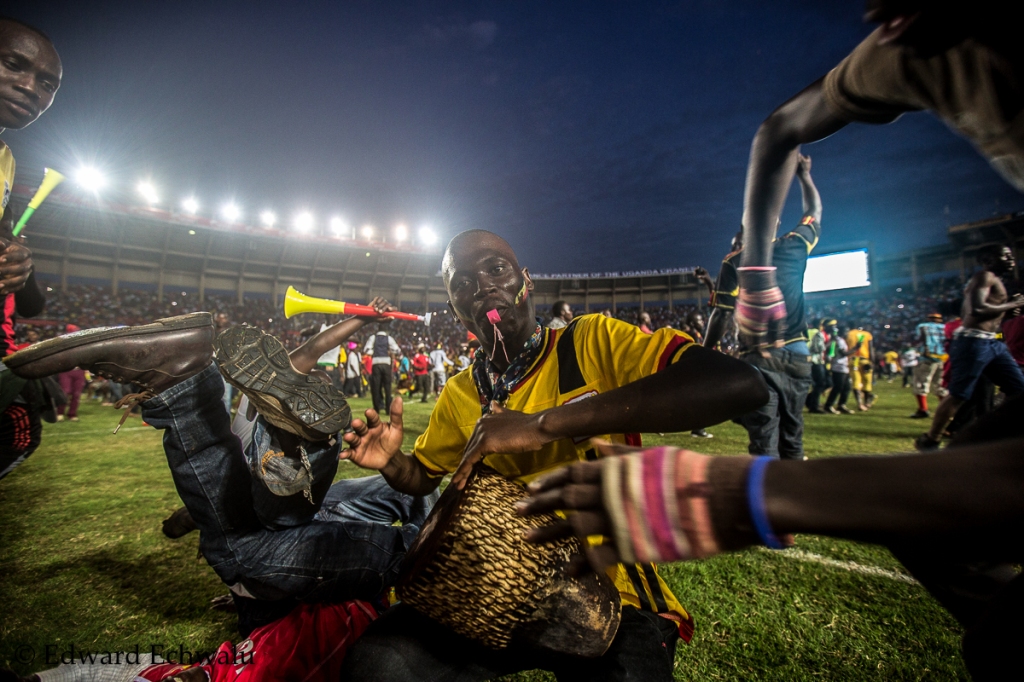
To be a witness of this remarkable achievement was something awkwardly new. A moment I was personally experiencing for the very first time.
For a moment, I wished to drop my cameras, take off my shirt and run around the stadium screaming, hugging strangers with my sweaty body, photo-bombing pictures and just consume a moment that has taken the country 37 years to achieve.
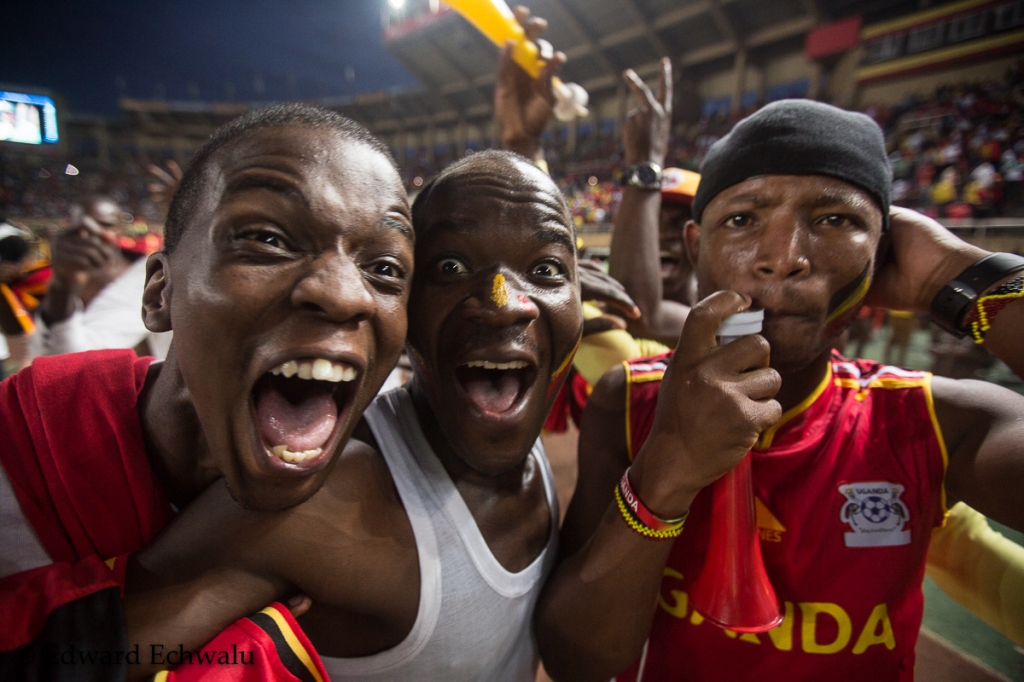
But I could not. Rather, I chose to exert my emotions into capturing the exact emotional expressions I would have been part of had I been free off my cameras.
The pictures seek to express the raw emotions, some hilarious, others awkward but all genuine attempts at consuming a rare moment in their lives.
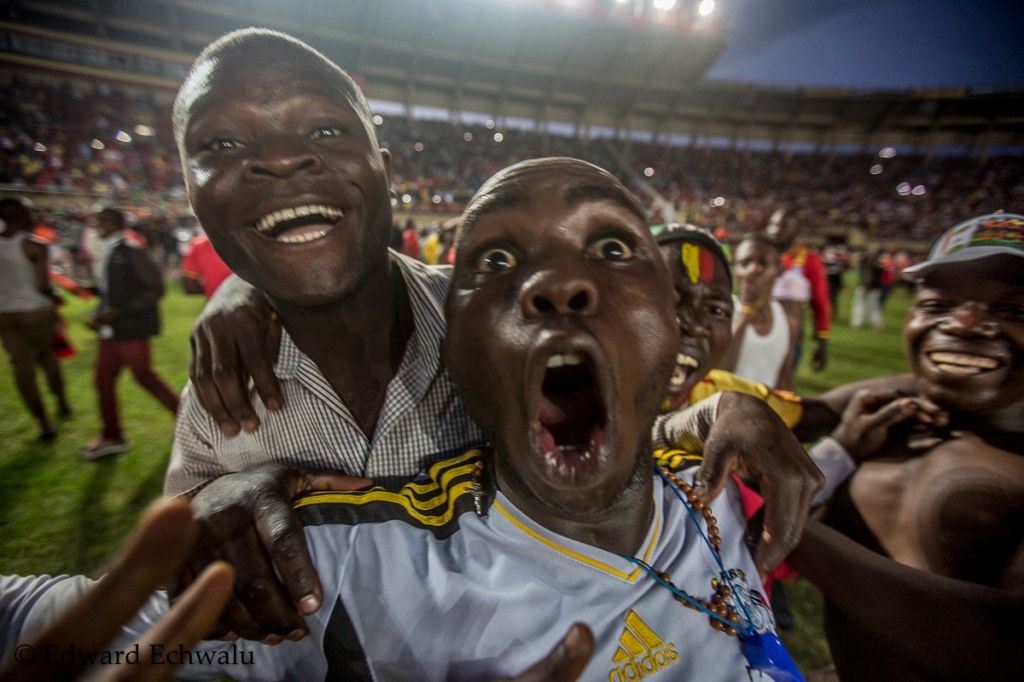
Through my lens, I could literally see far beyond people’s throats; I could see blurry and uncontrolled expressions of ecstasy; I could see energy levels exceed human capacity.

Women, Men, Kids joined to celebrate the Uganda Cranes achievement.
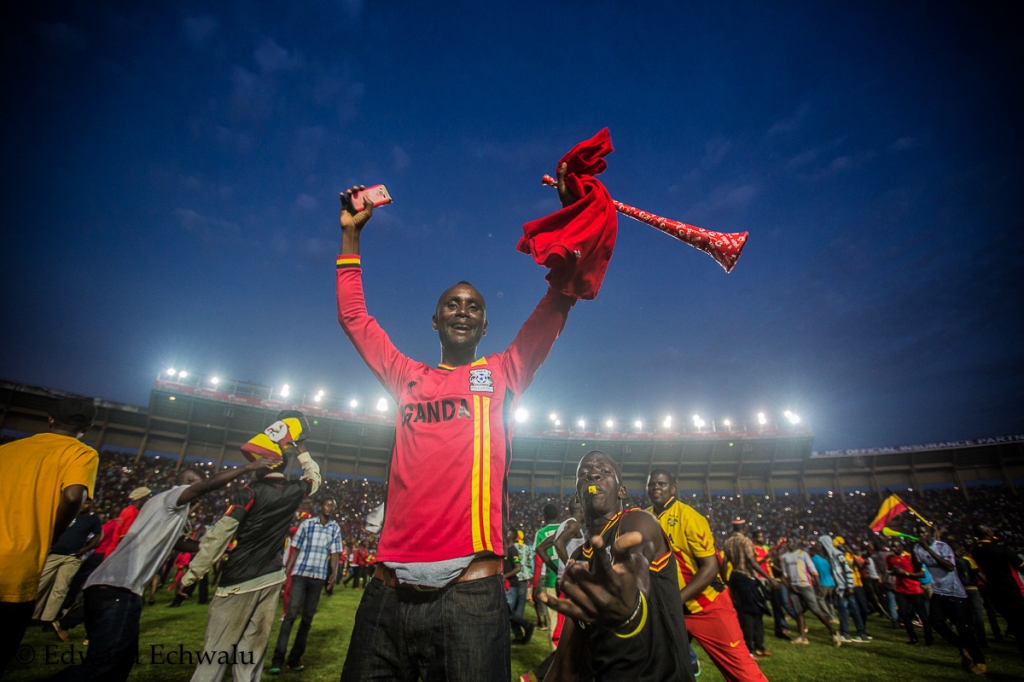
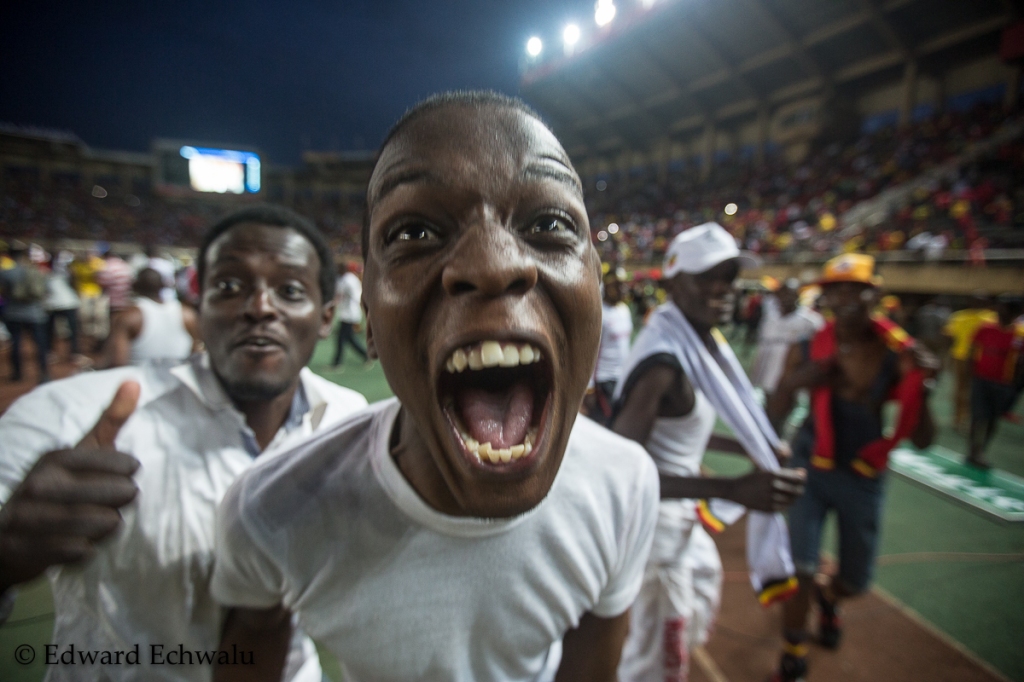
ROAAAAR: There was never an imperfect manner of celebrating. The beauty about the moment was that, every single fan wanted to be infront of the camera. Every single fan never wanted to be left out of this historical moment.

Others inwardly celebrated the achievement with a loud silence of meditation.Many left the stadium in total disbelief of what had just happened. A fan blows a Vuvuzela with eyes closed after the final whistle.

European football has a huge fan base in Uganda. Perhaps because, Uganda consistently has fallen short of mixing with the continents elites. A fan celebrates on the pitch while wearing a Manchester United jersey after Uganda beat Comoros by a single goal to qualify for the African Cup of Nations
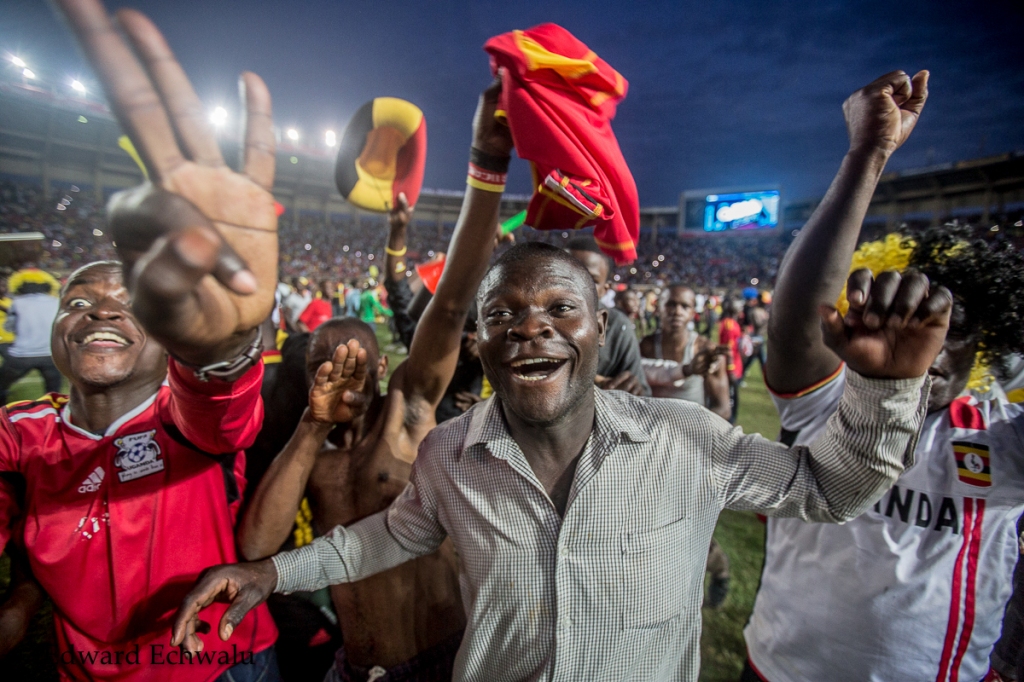
You could see disbelief on their faces, you could see joy with their widened jaws, you could see endless expressions of positive energy. You could see a special moment-a once in a life time moment.
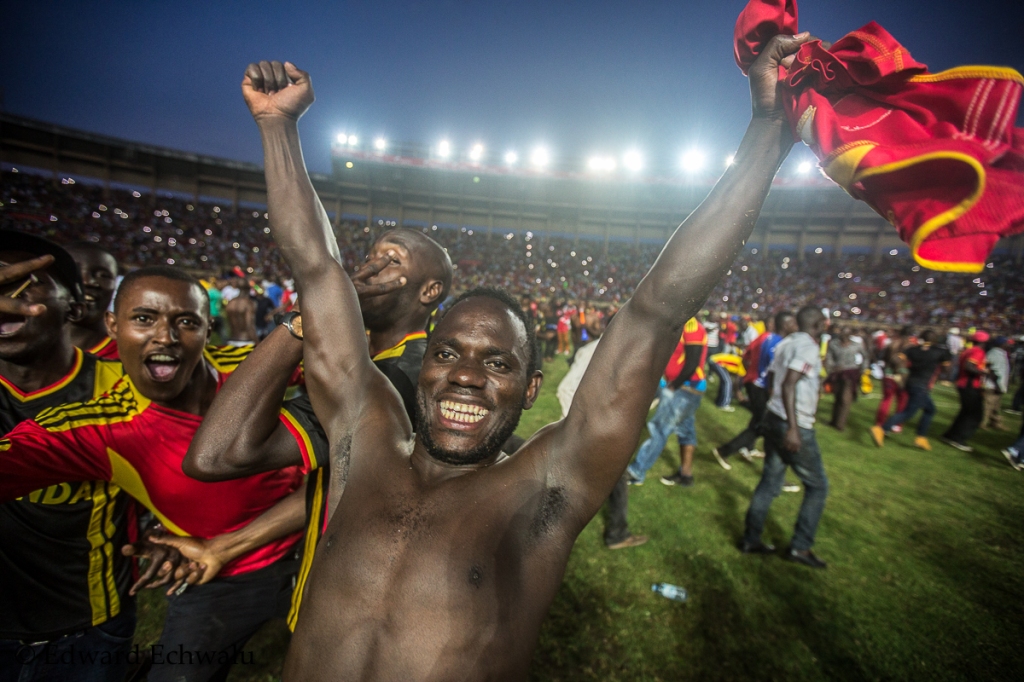
Shirts went off. Trousers went off. Hats went off. Any form of expression that added flavour to the moment was welcome.

Those who could not longer be on their feet took comfort in feeling the grass that played out an important role in ensuring Uganda qualifIed for AFCON.
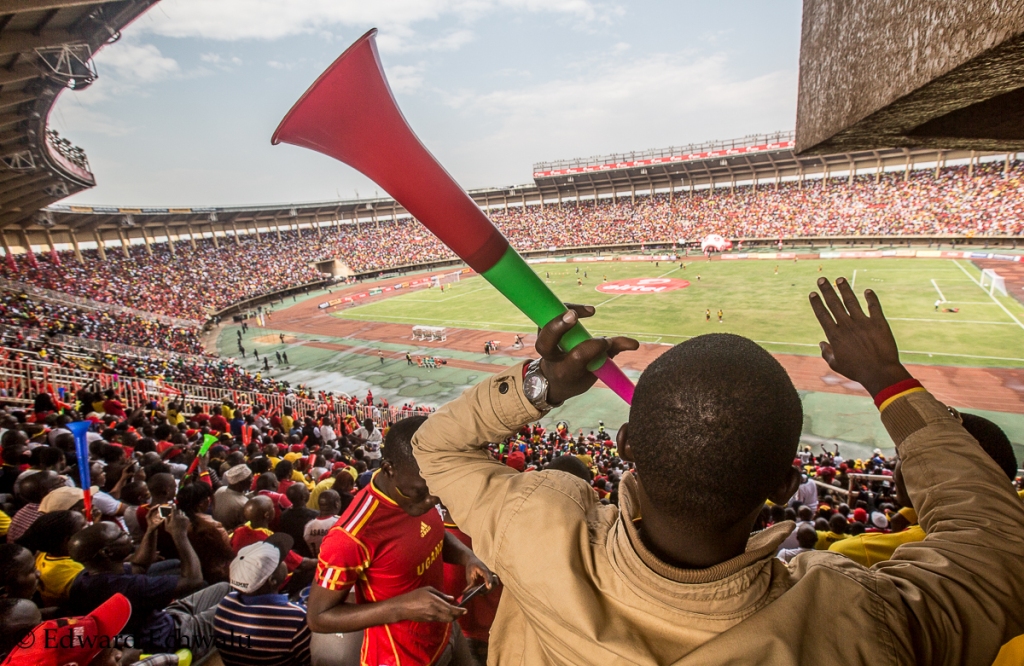
And we roared on and on and on. Whatever happens in Gabon is secondary to this moment. Qualification was a trophy in itself.
Surviving War, Fighting River Blindness and Not Giving Up:
“River Blindness….?” Christopher Oulanyah, a carrier of the disease over the last decade pauses, takes a few seconds to ponder his next words and then, with a light smile continues, “….15 years ago, that was the least of my worries.”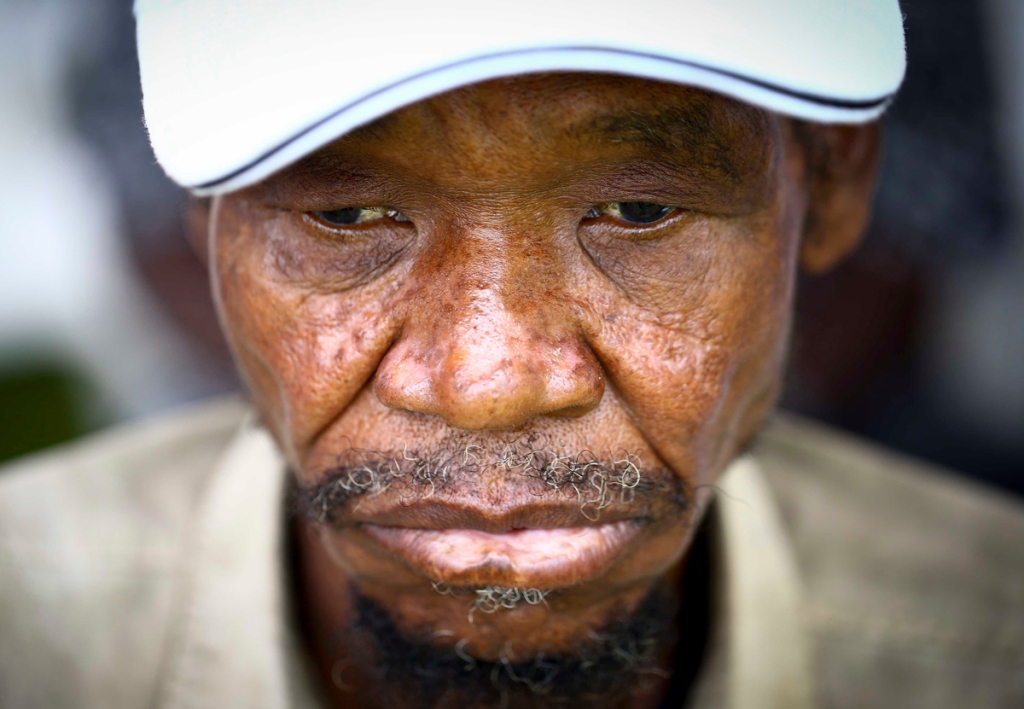
“A portrait of Christopher Oulanyah, 65yrs, who suffers from River Blindness. Christopher says his village was infested with flies that would bite and cause body itches. By then, he thought the itches were normal until the itches and other body changes intensified. “I started becoming concerned. It however took long for me to take serious notice because priority at the time was keeping my family safe from the LRA war that was causing havoc to my village. This reluctance to seek medical advice eventually rendered me blind while at an Internally Displaced Camp.”
Christopher, in a leaned and soft tone narrates his battle with Onchocerciasis, commonly known as River Blindness.
My teenage years were exciting of course. Uganda had just got independence and was generally peaceful. There was an aura of optimism, of prosperity, of good times ahead…but that is where it ends.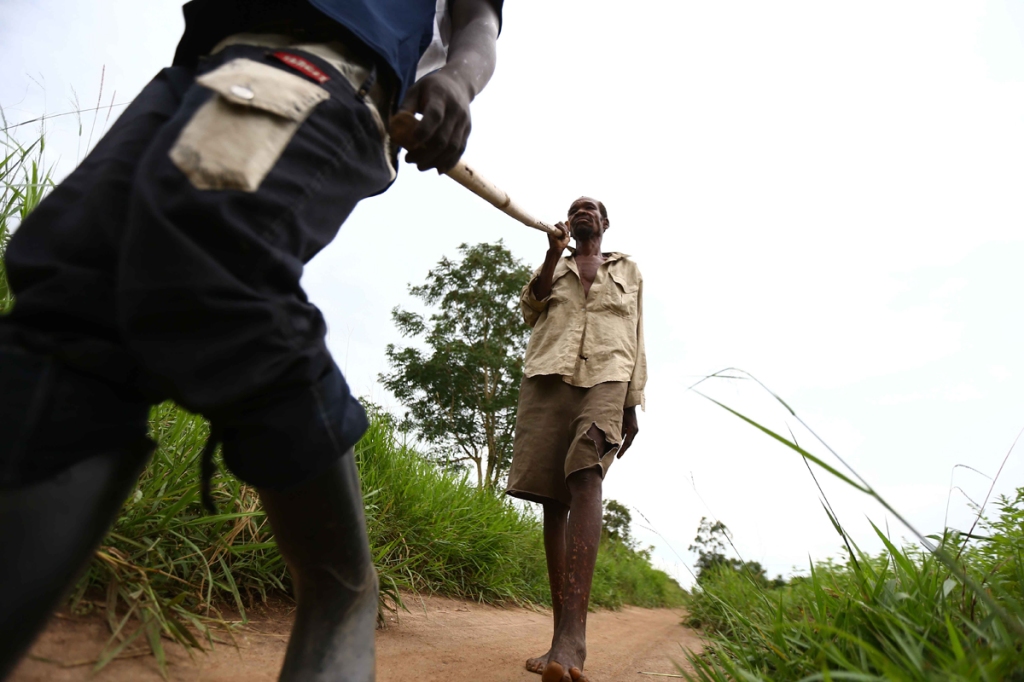
“Christopher Oulanyah, 65 years, is helped home by his youngest son after attending a village health meeting about River Blindness in Abam village, Lamwo district.He lost his sight to the disease that has been on the rise in northern Uganda. River Blindness together with The Nodding Syndrome (which still has no cure) continue to distract post-LRA recovery of northern Uganda.”
–
When the LRA insurgency surfaced, that was the beginning of my trouble. It was generally a popular cause in the beginning, so we thought until Joseph Kony started turning on his own brothers and sisters (referring to his tribe mates, the Acholi).
“A man points to a part of his legs that developed skin discolouration as a result of consistent and intensive scratching in Lamwo district, northern Uganda. Up to 1.2 million people in northern Uganda have bee affected by River Blindness.”
–
From then on, it was a case of survival. A case of living it one day at a time. I literally started living my life on the run for fear of abduction or even death. My nights became short and sleepless. Daylight didn’t fare any better.
I witnessed terrible things happen. From children being abducted, mothers mutilated and relatives killed in cold blood. And this went on and on and on.
So when you get a random body itch, believe me, that wouldn’t worry you. At the time, I would ignore the itches as just an accidental contact with a wild plant. It was common, since we were in and out of the bush, running away from Jospeh Kony.
My body itches though intensified in 1999. I had developed so many rushes and my skin colour had also changed. I also started seeing strange larvae in my eyes. My eyesight had started becoming blurry.
“A health community worker conducts a group health education on River Blindness in Abam village, Lawmo district, northern Uganda. Mass treatment of the local population through the support of The Carter Centre ensured that Lamwo came out as the best performing district in Uganda last year with mass treatment of River Blindness standing at a staggering 90%. Many of these people live in abject poverty, recovering from a gruelling 30 year LRA war, in that most an not in position to facilitate themselves to travel to hospitals. Up to 1.2 million people in northern Uganda have bee affected by River Blindness.”
–
I thought I was bewitched at that point. At the Internally Displaced Peoples (IDP) camp, I went to the health centre for medical checks, that’s when I was told I had River Blindness, caused by bites from flies.
Now it made sense. Back home before fleeing for the camps, there was a period where there were so many flies. It was strange but, nobody was concerned. You wouldn’t blame them. Safety from the LRA bandits was everyone’s priority. Besides, even mosquitos would bite and leave your skin itching.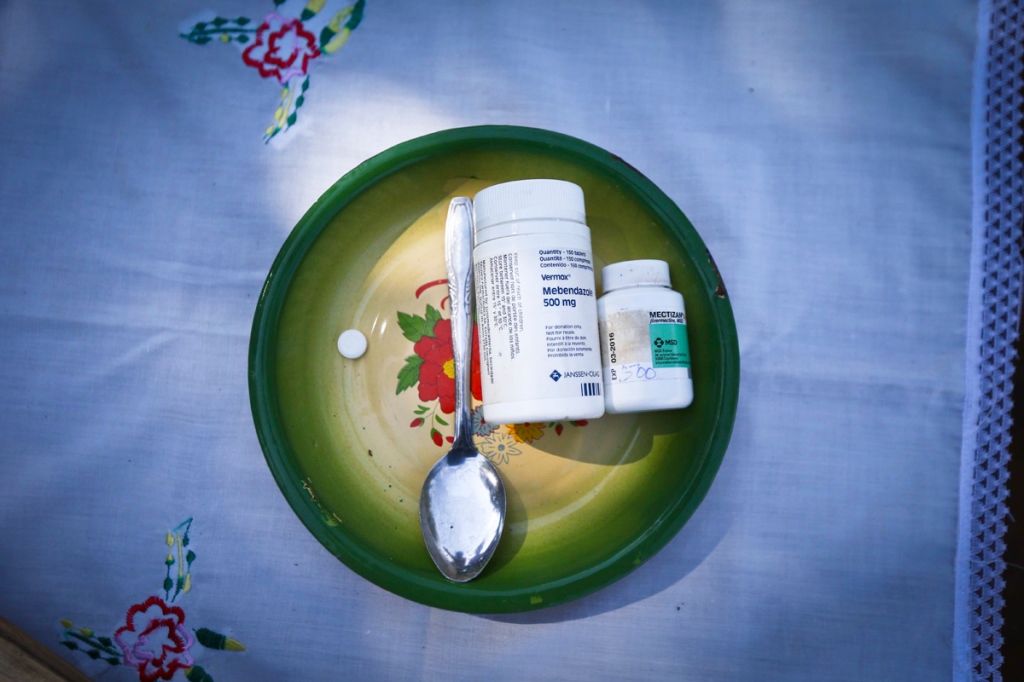
At the time, there were a group of people from Sudan who gave me and many others a drug but the side effects were too much and strange too. I started developing a lot of body swellings but eventually it slowed down though the itching continued.
The government then came up with some drugs in 2002. Some drugs were effective, others were not. At this point, my sight was fast giving way and I was desperate to have it fixed.
“A village drama group stages a play before some of the dignitaries from the Carter Centre, Lamwo district health teams and representatives from the government of Uganda during a community visit to mark the landmark 200 million preventive parasitic disease treatment, through 11 countries in the world. Lamwo, located in northern Uganda was the best performing district in Uganda last year recording a 90% coverage of mass treatment of River Blindness. A knit cooperation between Uganda and development partners such as the Carter Centre has reduced the River Blindness prevalence rates from 70% in 1993 to just about 5% today. As such, Uganda stands out among very few countries globally on the verge of eliminating the disease. Other countries include Venezuela, Mexico, and Ecuador.”
–
In 2009, Carter Centre gave a new set of drugs to me and many member so of my village. I had given up hope to be honest but gave in to taking those drugs as just a by the way. After-all, village health workers brought it to my door.
Remarkably, the side effects immediately after swallowing were immense but they have been the most effective. All my body swellings disappeared, my rushes also healed even though it left my skin discoloured. After many years of itching, I was cured, except my eyes of course. I cannot see. All I see is mist. And I still feel a lot of pain in my eyes.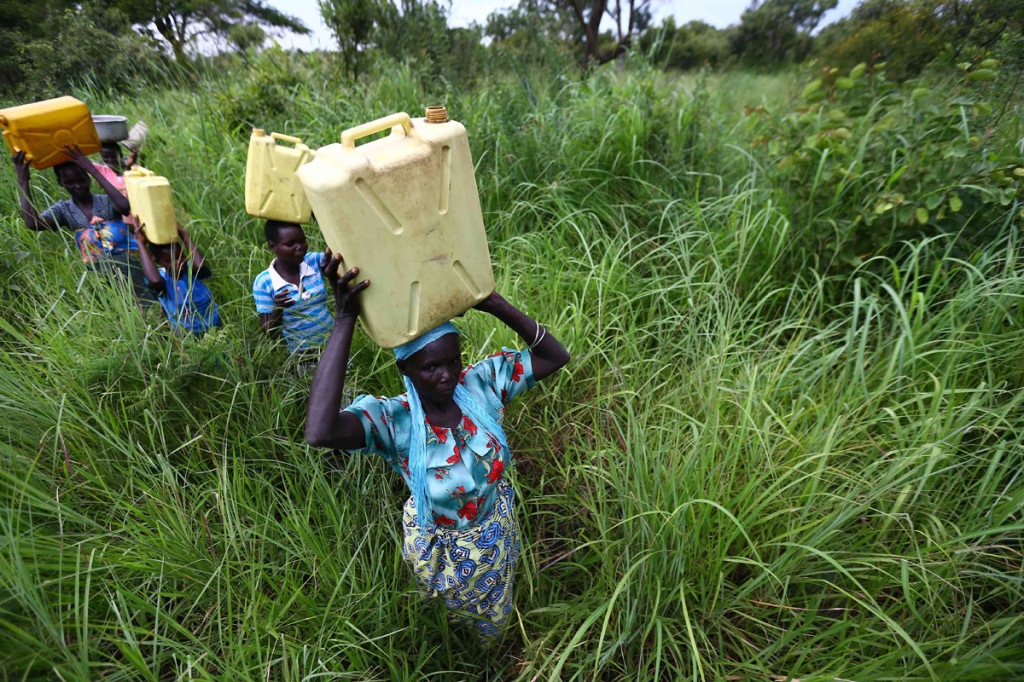
“Women return from fetching water at nearby stream in Abam village, Lamwo district. The black fly that causes River Blindness through bits, breads in fast flowing water sources, rendering communities living near or alongside these areas more vulnerable. Up to 1.2 million people in northern Uganda have been affected by River Blindness. However, a knit cooperation between Uganda and development partners such as the Carter Centre has reduced the River Blindness prevalence rates from 70% in 1993 to just about 5% today. “
–
Running my family remains my biggest challenge. What can a blind man do? I don’t have a regular job, meaning, my regular source of income as a casual labourer in other peoples farms was no longer possible.
I have had to forfeit my duties as the breadwinner for my four children, two of whom, are suffering from the Nodding Syndrome, one other, together with my wife, are battling onchocerciasis like me. My youngest son, 13 years remains healthy but is too young to take care of the family.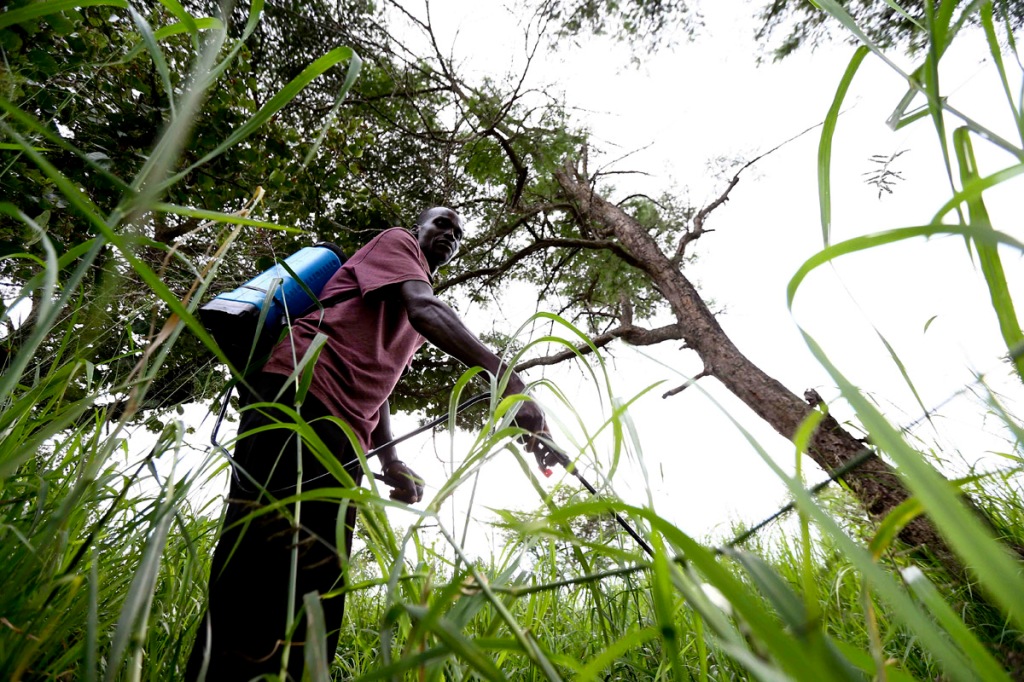
“A man sprays a swamp in Abam village, Lamwo district, one of many water sources that provide perfect breeding ground for the Black Fly that spreads River Blindness. Part of the measures taken by the government of Uganda in her bid to cab the spread of the disease has been to spray the shores of rivers, lakes and swamps to eliminate the larvae of the black fly. This is done in areas where the most vulnerable communities reside.”
–
So the question is, how am I running my family in this state? I live on handouts, small handouts from the generous hands of well-wishers who provide me us with food, clothing among others. That is hard to take for a proud man like me who prefers to personally take responsibility for his family.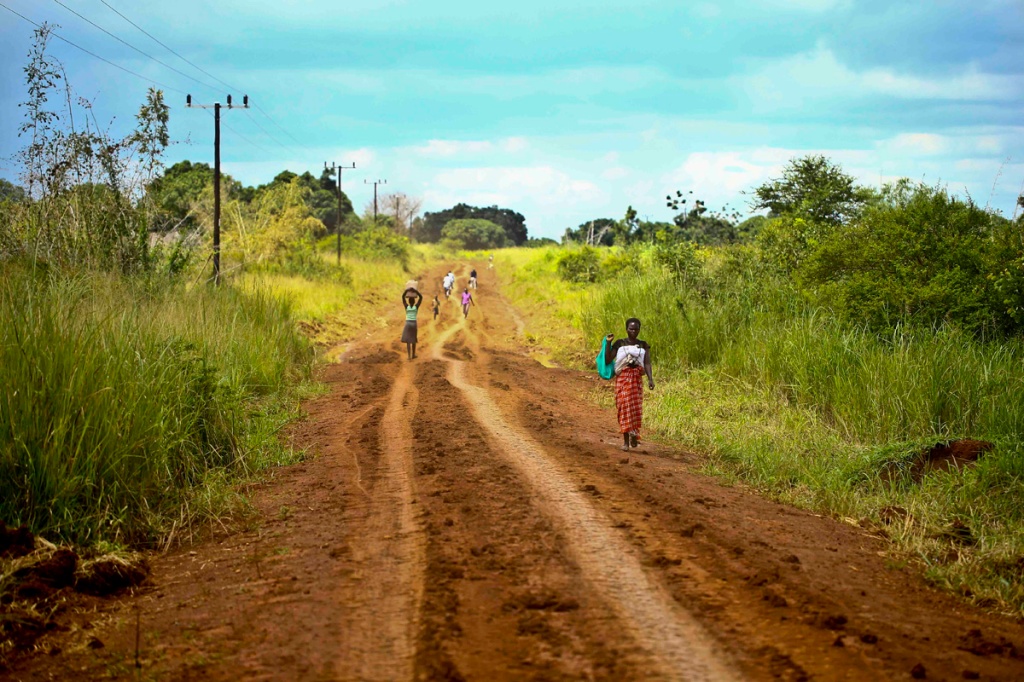
“People walk along a dusty and rugged road leading to Lamwo town. Poor infrastructures, especially roads and public transport have hampered access to some of the most vulnerable communities in the district. As such a majority of these people have been and continue to be diagnosed with River Blindness in the advanced stages, which has greatly hampered the recovery chances. Many of these people live in abject poverty, recovering from a gruelling 30 year LRA war, in that most an not in position to facilitate themselves to travel to hospitals. Despite these challenges, Lamwo district emerged the best performing district in Uganda last year for mass treatment of River Blindness, recording an impressive 90% reach.”
–
I remain hopeful even when the odds are against me. And I hope taking the landmark pills as the 200th million person will inspire and give hope to those fighting this disease that it can be overcome.
It’s been a tough 30 years for me. It remains a tough but I am not giving up yet.
(COPYRIGHT: The Carter Centre 2014 )
EBOLA: I want to go to the frontline
In the recent years, there has been a steadily growing narrative of how African issues, stories, must be told by Africans.
It’s a genuinely valid call in my view because; Africa has been misrepresented for far too long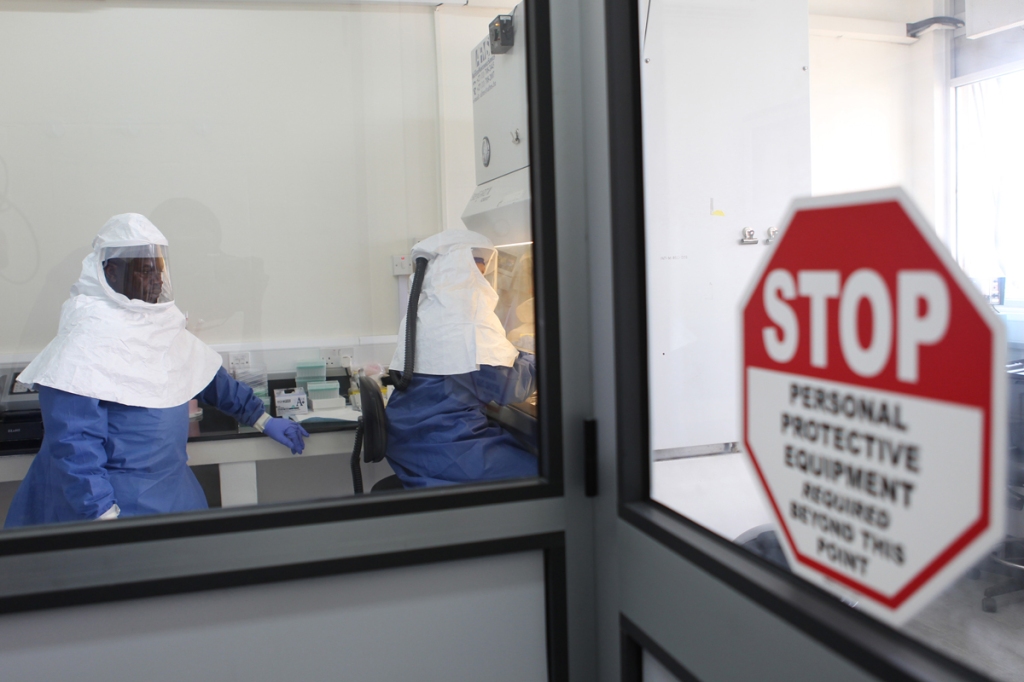
The majority of the world beyond the boundaries of this continent know very little about Africa outside of Malaria, HIV/AIDS, Famine, Wars, Tribal Conflicts, Wildness and a giraffes here, a few lions there..
And Oh, Ebola! How could I forget that?
Do these issues exist? Sure they do.
Foreign journalists fly in for couples days, weeks at most, hope onto the next plane and off they go. Don’t get me wrong; some of these journalists are great with remarkable stories to show for their names.
These are the lot Zimbabwean author Ezekiel Makunike describes as ….”the hit and run journalists who know very little of the language and less of the cultures they cover. They certainly never appreciate the subtleties and nuances of local history and interactions that take years to learn. They are neither accustomed or equipped to observe, understand or explain developmental situations that may change slowly over time.”
Well, some of the major stories to have happened in Africa are complex. Very complex. They go beyond the institutional organs, commentators, information officers, foreign media like to contact for deadline quotes.
Unlike in the west where information is literally entirely online, making research a lot less stressful, Africa’s case is far different. Africa is just getting online. So, no amount of research online will give you a proper perspective of a particular story.
So what choices would a foreign correspondent have? Well, so few except of course, the part of having a tone of patience, good foot work, hoping from village to village, town to town, centre to centre while building the foundation of the story. The political hierarchy should only give you a quote to “balance” your story but they should rarely form the heart of the story.
Most Africans don’t trust their politicians anyway.
This trend is not about to change. Like Pambazuka puts it, “ The agenda for African news is decided in far-off Western capitals—London, Paris, New York—and written by dashing foreign correspondents who do not understand the local complexities and base their narrative on sweeping, misleading generalisations.”
Can we Africans actually tell our own stories? I believe we can. Although the level of journalism as a whole has risen to respectable levels today, we are still very much dependent on western media for African stories.
And that is just absurd.
The coverage most African media give to the continent is a copy and paste from wire agencies. From The Star in South Africa, Daily Nation in Kenya, Van Guard in Nigeria, Daily Monitor in Uganda…..name it.
A few weeks back, a reputable local newspaper in Uganda carried a story from AFP of an event that took place at a hotel barely a kilometer from the papers premises. Unbelievable!
This drives me to what I really wanted to talk about; Ebola.
The coverage foreign media has allotted to the Ebola outbreak in Liberia, Guinea and Sierra Leone has been noteworthy.
Shut CNN, Aljazeera, Reuters, AFP, AP, CCTV, and other foreign outlets and Ugandans would literally have a total blackout in as far as information trickling in about Ebola.
It amazes me that a Ugandan news outlet would rather expensively pay foreign media for an Ebola story in Liberia than paying far less for nearly the same story from Liberia’s Daily Observer.
Of course the relentless coverage of Ebola is West Africa by foreign media has exerted tremendous pressure on the global political hierarchy to act in terms of the much-needed money to fight the Ebola scourge.
The Ebola reportage on Africa by foreign media, however extensive, has continuously resolved primarily on statistics, statistics and more statistics. In Africa, if the numbers of the dead are not high enough, western media will care less.
Once the numbers are good, the rest of the story will always resolve around the usual stereotypes of how we live on under a dollar a day, how poverty levels are some of the highest in the world..HIV/AIDS blah…blah…blah
As of today, over 4,500 have died of Ebola in West Africa. The exact kind of figures foreign media looks out for. Indeed those figures are insanely high but look at the details, the attention, the emotions allotted to the few foreigners who have contracted, in recovery process or have died of Ebola in the western media? Immense!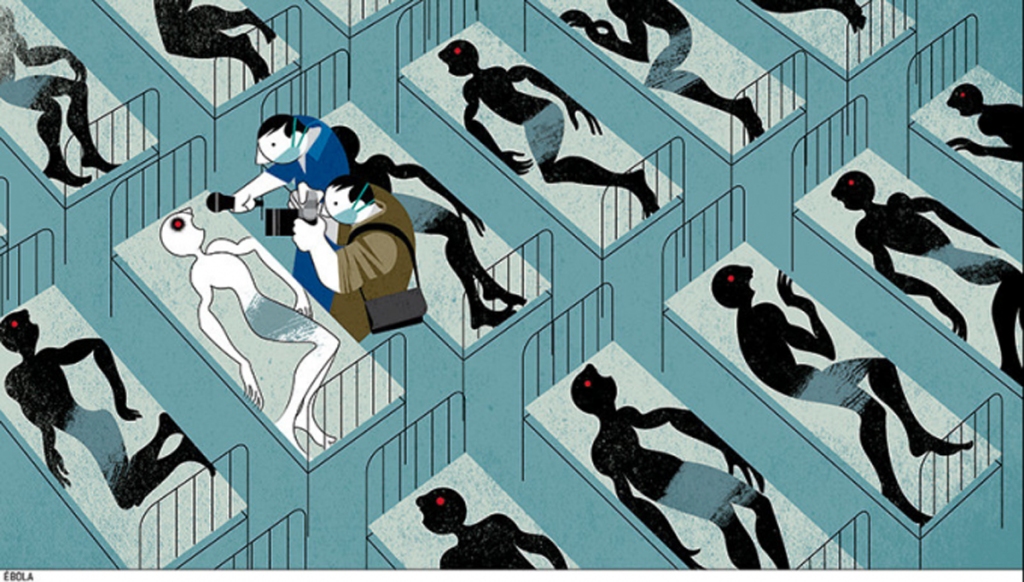
Source: André Carrilho/Andre Carrilho
The tens of thousands of Africans who continue to be exposed or die of Ebola continue to make the statistics.
What can African media do? Simple, give as much coverage to Ebola as the western media does from their own perspective.
But can we? Yes, because we have a highly knowledgeable group of journalists on the continent. And NO because we just cannot afford the expenses.
Take an example of what it costs to treat an Ebola patient. Reuters quotes a figure of $300.000. This figure alone is more than many news media organizations on the continent make annually. Imagine, a journalist then goes on to contract Ebola while on assignment?
Let me speak for myself though.
I want to go to the countries affected by Ebola. Yes, I want to. I am aware of the extreme dangers of covering such a highly contagious disease. Sure I do. But somebody has got to tell this story, right?
There are so many questions I want to answer as a photojournalist that paints a more balanced picture of the people and the countries affected by this disease.
I am desperate to go beyond the surface, beyond the statistics of those who have lost loved ones, those whose loved ones are being treated, those who are projected to carry the disease soon.
I want to add the voices of children, the voices of mothers, of the elderly, the grass root leaders, doctors, nurses, bar attenders, just about anybody who can speak about a disease many would rather not think about, let alone, talk about.
Beyond what mainstream media shows are local heroes, fighting within their powers to ensure their brothers, sisters, relatives do not form part of the dreaded statistics. I would want to give them a platform to inform their communities, their towns, their country and the world of their efforts to fight for their own.
Life certainly has not come to a stand still in the Ebola affected countries. Liberia has a population of 4 million people, Guinea, 12 million, Sierra Leone-6 million. And those are a lot of good stories to tell. A daily picture blog would in my opinion be a good starting point.
I want to be part that narrative of Africans telling her own stories. I badly want to but first I need to get to either Sierra Leone, Guinea or Liberia and that costs money. Lots of money.
Can The Observer, the local newspaper I freelance for afford to fly me over to either of those countries? No, they cannot. Can they sustain me over there for a reasonable amount of time? No they cannot.
And that is where the narrative goes crumbling. I believe my story resonates with so many other African journalists across the continent.
Well, if you think you know of any organization(s) that can support me to pursue this cause, every suggestion would be highly appreciated. I am in position to take care of my accommodation and food.
I still want to go to Liberia, Guinea or Sierra Leone to help tell the African Story.
The Pain of Delivering a Life
In the middle of our formal introductions, a midwife rushes, apologizing for ‘gate –crushing’ our meeting.
“Sr. Rosemary, we have an emergency. An expectant woman walking here to deliver has developed labour pains in the bush and can no longer walk the rest of the journey. So we have to go and evacuate her immediately.”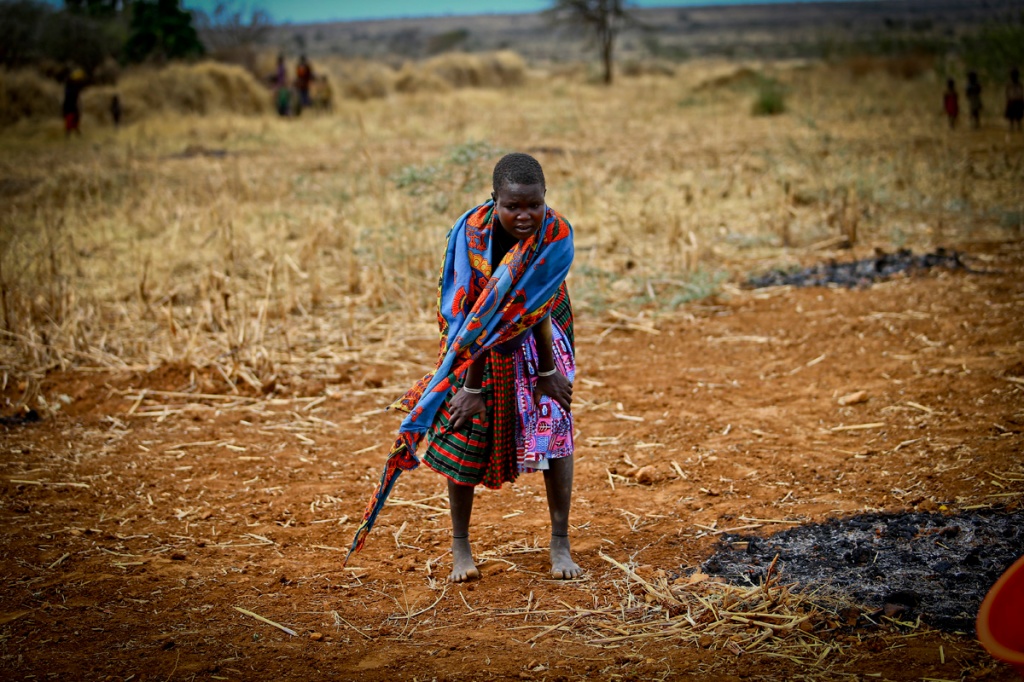
“Natalina Natiyan , a first time mother got labour pains half way her journey to Nadunget Health Centre III, Moroto district. Midwives from Nadunget HCIII drove to pick her after failing to complete the 11km walk, when they were notified by a relative who ran ahead. She eventually delivered a baby boy an hour later.”
“Oh my,” Sr. Rosemary reacts denoting some kind of hitch.
In normal circumstances, I would have expected her to simply authorize that the ambulance depart straightway.
“Do you have a car?” Sr. Rosemary asks me. “Yes, it’s packed outside.” I curiously reply her.
“Am afraid we shall have to inconvenience you for a little while and use that car to bring in this mother quickly before she gives birth unattended to in the bush.”
“Natalina Natiyan, got some energy to walk after she got labour pains half way her journey to Nadunget Health Centre III, Moroto district. Midwives from Nadunget HCIII (Sr. Rosemary Napeyok in white) drove to pick her after failing to complete the 11km walk, when they were notified by a relative who ran ahead. She eventually delivered a baby boy an hour later.”
Now was not a time to ask silly questions. I duly obliged with another “yes” for an answer and off we set off for a combined 20km drive.
“You know we have an ambulance provided with the support of UNFPA but we have no fulltime driver,” Sr. Rosemary voluntarily tells me why she had to make such an abrupt request.
“We have had so many such emergency cases but without a driver, we have had to either improvise or look for volunteers to drive during such specific emergencies,” she explains further as we negotiated through the flat arid Karamoja landscape.
“UNFPA has done us an unbelievable favour by providing us with an ambulance. We now call upon government to get for us a fulltime driver,” Sr. Rosemary makes her plea.
“Natalina Natiyan is admitted at Nadunget Health Centre III, Moroto district. She got labour pains halfway her journey to Nadunget Health Centre IV, Moroto district. Midwives from Nadunget HCIII drove to pick her after failing to complete the 11km walk, when a relative who ran ahead notified them. She eventually delivered a baby boy an hour later.”
In the bumpy ride, she tells me of the challenges of working in a remote region as Karamoja.
“This place is so cut off that service delivery becomes a problem. Making calls is a problem. Transportation in this region is a problem. The people here are cultural rigid in that accessing them with health services also faces challenges. There is also insecurity in really remote areas that we just cannot access. There are no roads and many others. There are so many problems.”
“There she is, there she is,” a second midwife suddenly interrupts our conversation, alerting us of Natalina Natiyan, a first time expectancy. We pullover and Sr. Rosemary rushes to check on Natiyan.
” A relative takes care of Natalina Natiyan after giving birth to a baby boy. She got labour pains halfway her journey to Nadunget Health Centre III, Moroto district. Midwives from Nadunget HCIII drove to pick her after failing to complete the 11km walk, when a relative who ran ahead notified them. She eventually delivered a baby boy an hour later.”
“She’s really close but I think she can make to the hospital,” Sr. Rosemary tells me after a quick examination.
The midwives gently usher in the now screaming Natiyan into the back passenger seat.
“Driver, if we are to make it, you will have to drive a lot faster,” Sr. Rosemary tells the driver as she retreats to engaging Natiyan with a conversation of how she’s feeling, what she’s feeling, what she should do, what she should do just to distract her from attempting to push.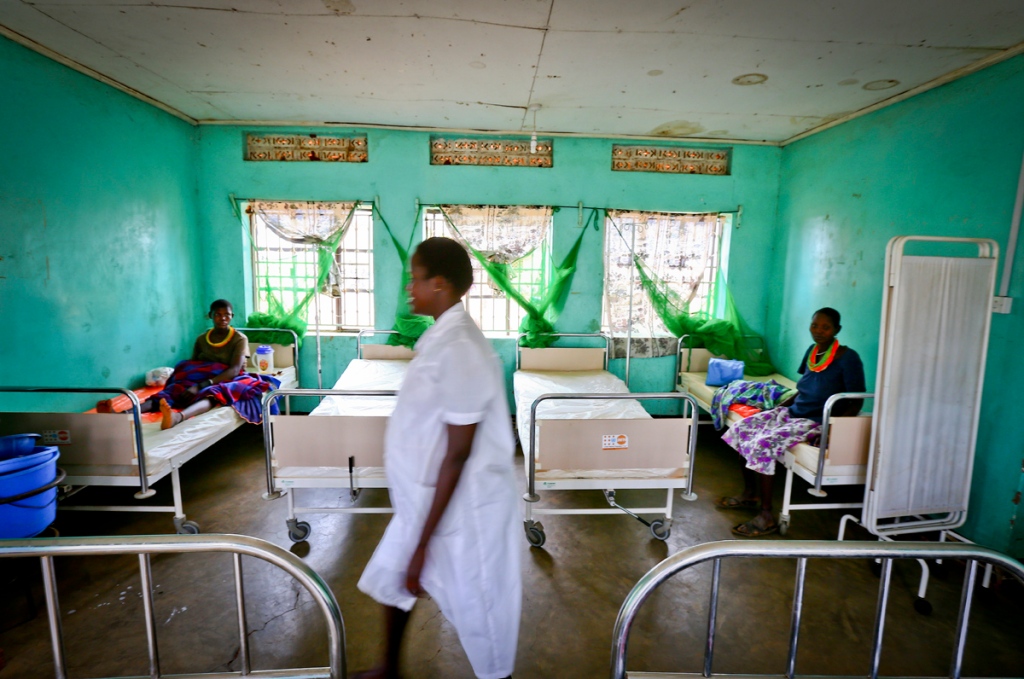
“Sr. Rosemary Napeyok, the In-Charge midwife at Nadunget Health Centre III, Moroto district walks through the Postnatal Ward of the health centre after helping deliver Natalina Natiyan.”
In no time, we were at Nadunget Health Centre III and the midwives supported her straight to the already set delivery beds.
“She has no complications and the baby is positioned well. She should be able to give birth within the hour.” Sr. Rosemary tells me as I voluntarily left the delivery ward.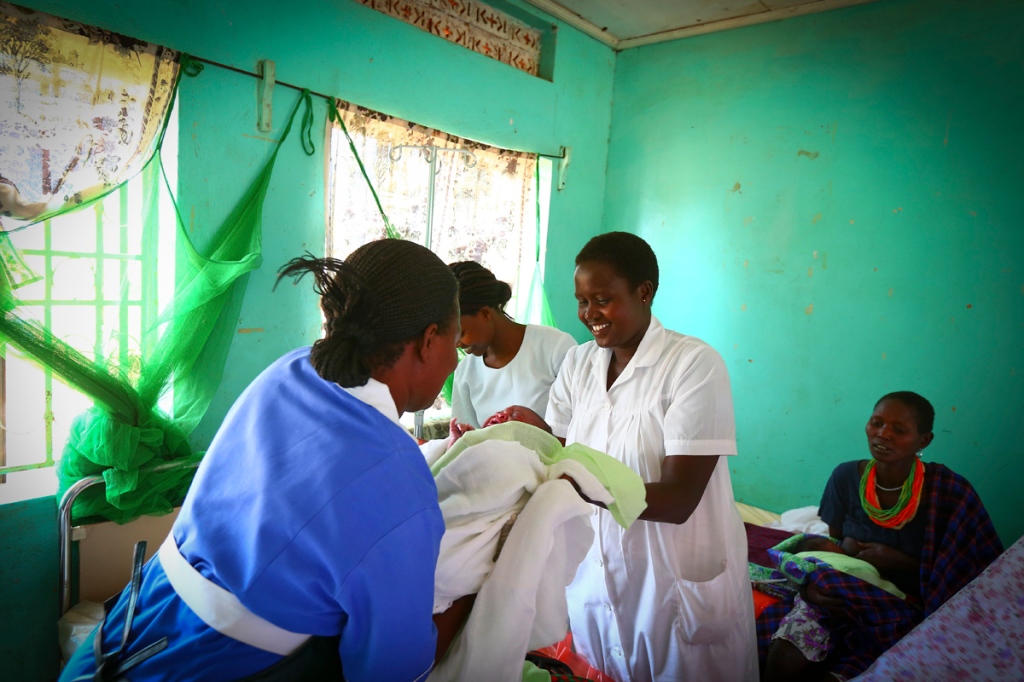
Thirty minutes later Natalina Natiyan, had a cause to celebrate. After 9 long months, she finally is a mother. A strong mother to a baby boy.
Natiyans story is one of many I encountered while shooting a photo documentary – “Investing in People” for UNFPA Uganda.
Below are a selection of images shot in seven other districts of Kanungu, Mubende, Kaabong, Kotido, Oyam, Katakwi and Yumbe relating to reproductive health, gender based violence, teenage pregnancies, maternal health and HIV/AIDS among others.
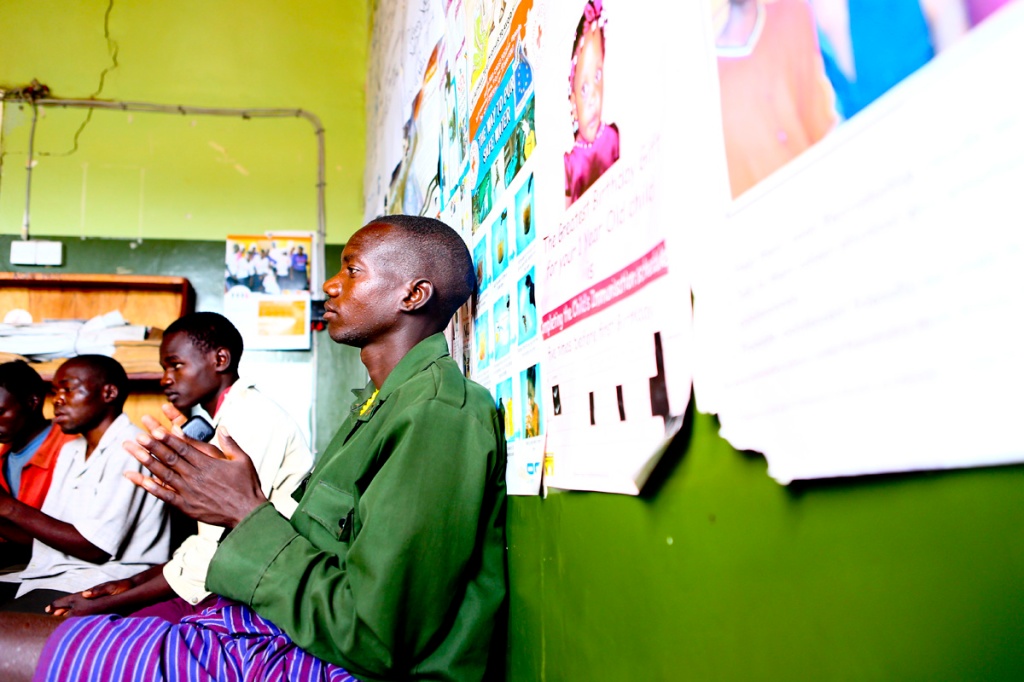 An Out-of-School teen attends a reproductive health class at the Friendly Youth Corner (YFC) of Kaabong Referral Hospital. The different activities conducted at the corner have helped keep youth away from crime, reduced abortion and has enormously increased issues surrounding reproductive health according to the incharge of the YFC.
An Out-of-School teen attends a reproductive health class at the Friendly Youth Corner (YFC) of Kaabong Referral Hospital. The different activities conducted at the corner have helped keep youth away from crime, reduced abortion and has enormously increased issues surrounding reproductive health according to the incharge of the YFC.
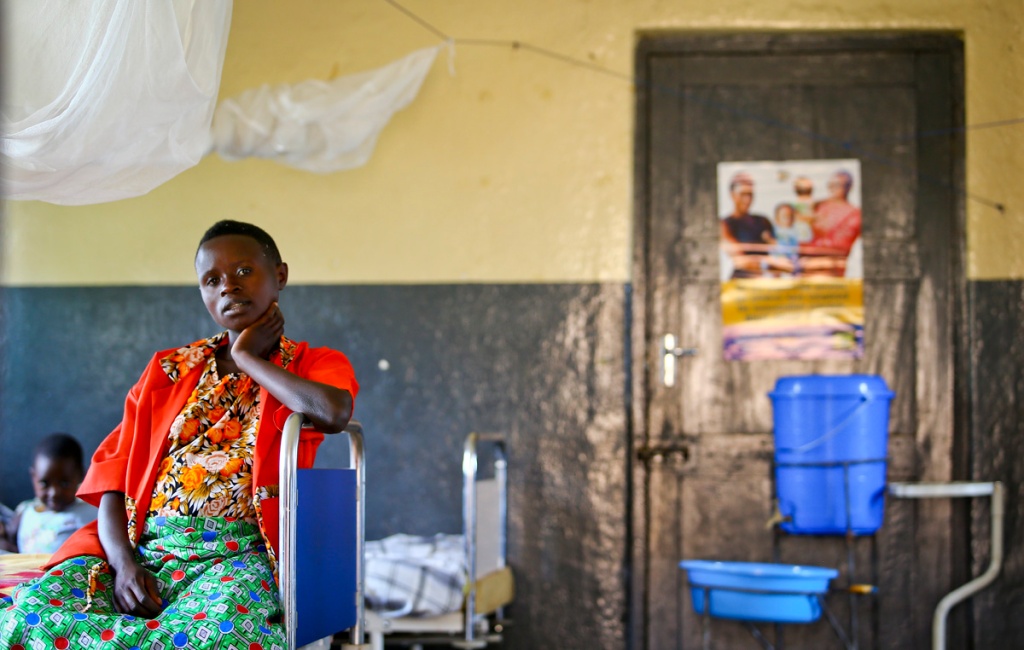 An expectant mother waits to deliver at the Kanungu HC IV maternity ward. ALL the maternity and baby beds were supplied by UNFPA in partnership with the Ugandan government. Supply of free Mama Kits have also increased numbers of mothers willing to give birth at the Health facility.
An expectant mother waits to deliver at the Kanungu HC IV maternity ward. ALL the maternity and baby beds were supplied by UNFPA in partnership with the Ugandan government. Supply of free Mama Kits have also increased numbers of mothers willing to give birth at the Health facility.
 A midwife speaks to an expectant teenager attending antenatal classes at Aketa Health Centre III. Supply of free Mama Kits has increased numbers of mothers willing to give birth at the Health facility. Village Health Teams (VHTs) have also played a crucial part in educating rural communities on the importance of giving birth in health facilities.
A midwife speaks to an expectant teenager attending antenatal classes at Aketa Health Centre III. Supply of free Mama Kits has increased numbers of mothers willing to give birth at the Health facility. Village Health Teams (VHTs) have also played a crucial part in educating rural communities on the importance of giving birth in health facilities.
 Expectant women in Aketa, just like most of others in rural Uganda have to walk for tens of kilometres to access health services- in this case, antennal classes. Supply of free Mama Kits has increased numbers of mothers willing to give birth at the Health facility. VHTs have also played a crucial part in educating rural communities on the importance of giving birth in health facilities.
Expectant women in Aketa, just like most of others in rural Uganda have to walk for tens of kilometres to access health services- in this case, antennal classes. Supply of free Mama Kits has increased numbers of mothers willing to give birth at the Health facility. VHTs have also played a crucial part in educating rural communities on the importance of giving birth in health facilities.
ALL IMAGES ARE COPYRIGHTED TO UNFPA UGANDA. NO IMAGE MAY BE DOWNLOADED OR COPIED WITHOUT CONSENT OF EITHER UNFPA UGANDA/ GLOBAL OR EDWARD ECHWALU. Thank You.
Gang Fishing in Teso
Gang Fishing is a cultural practice in Teso where families, neighbours and villages come together to fish in the large swamps.
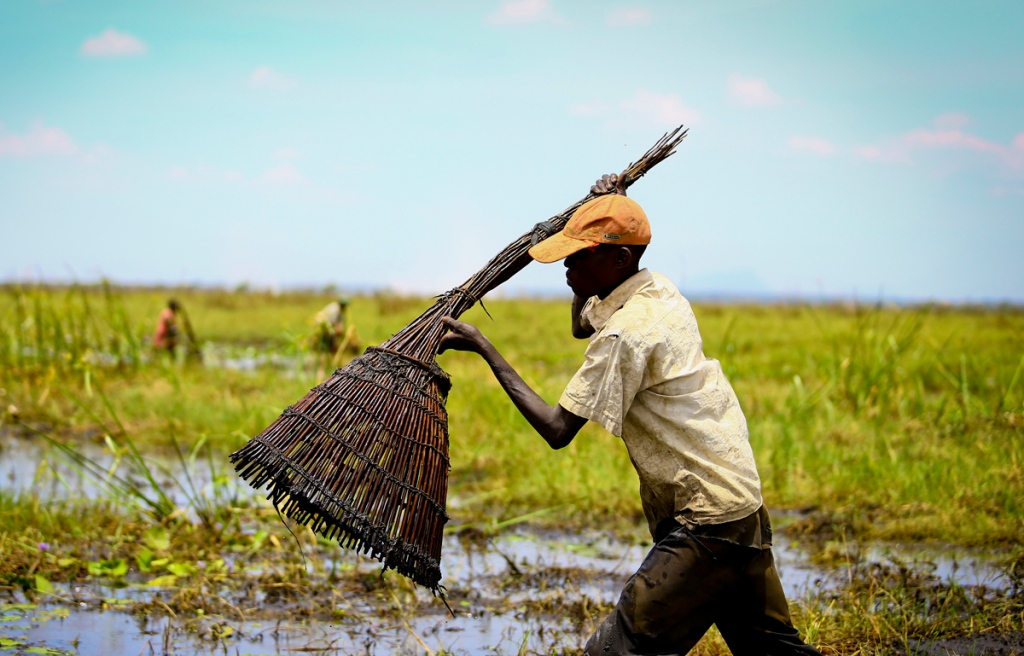 The fishing tools are mainly two. Locally made spears and specially curved baskets.
The fishing tools are mainly two. Locally made spears and specially curved baskets.
Throughout generations, this practice was meant to unite people through combined efforts of catching fish. The exploits were largely for subsistence consumption but has gradually taken a commercial step in the recent years.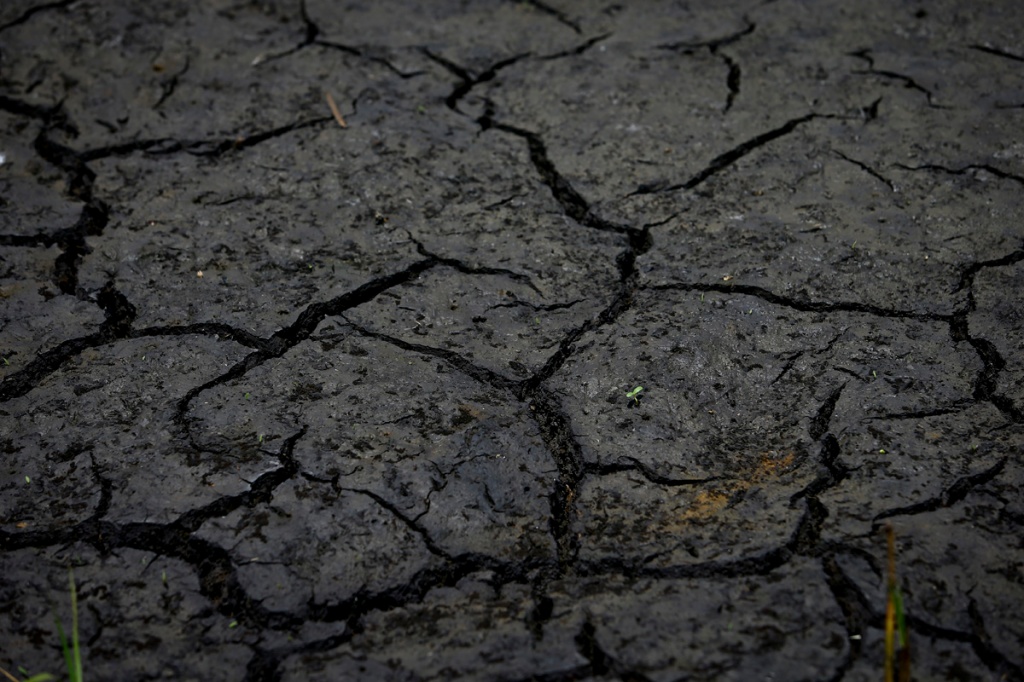
It usually happens when the dry season is taking shape where swamps are shallow and the water levels are below the knee to prevent drowning and also to reduce the surface area for fish.
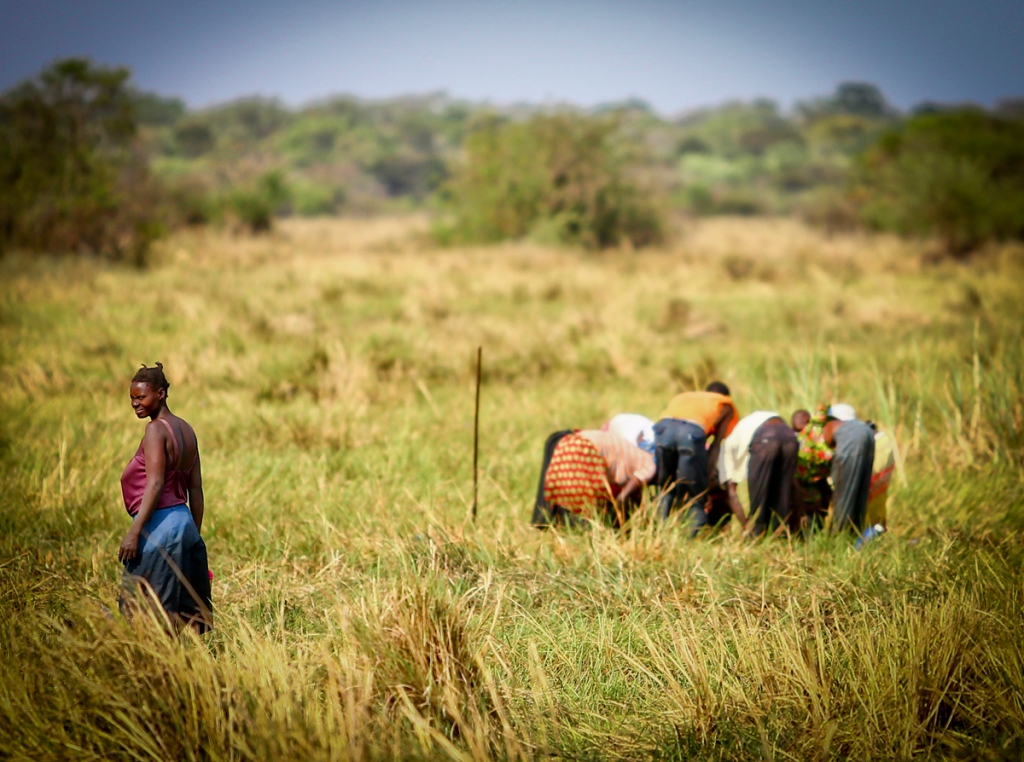 With large numbers of people stamping on the water to a near muddy state, visibility under water reduces for the fish, limiting their movements. The muddy water also traps out air from underneath forcing the fish to float to the surface for fresh air, making easy for them to be trapped by baskets.
With large numbers of people stamping on the water to a near muddy state, visibility under water reduces for the fish, limiting their movements. The muddy water also traps out air from underneath forcing the fish to float to the surface for fresh air, making easy for them to be trapped by baskets.
Fish retreats to the shoreline once the water has been intruded with gangs of locals. Here, a woman is attempting to trap fish at the shoreline using her fishing net-basket made of locally materials.
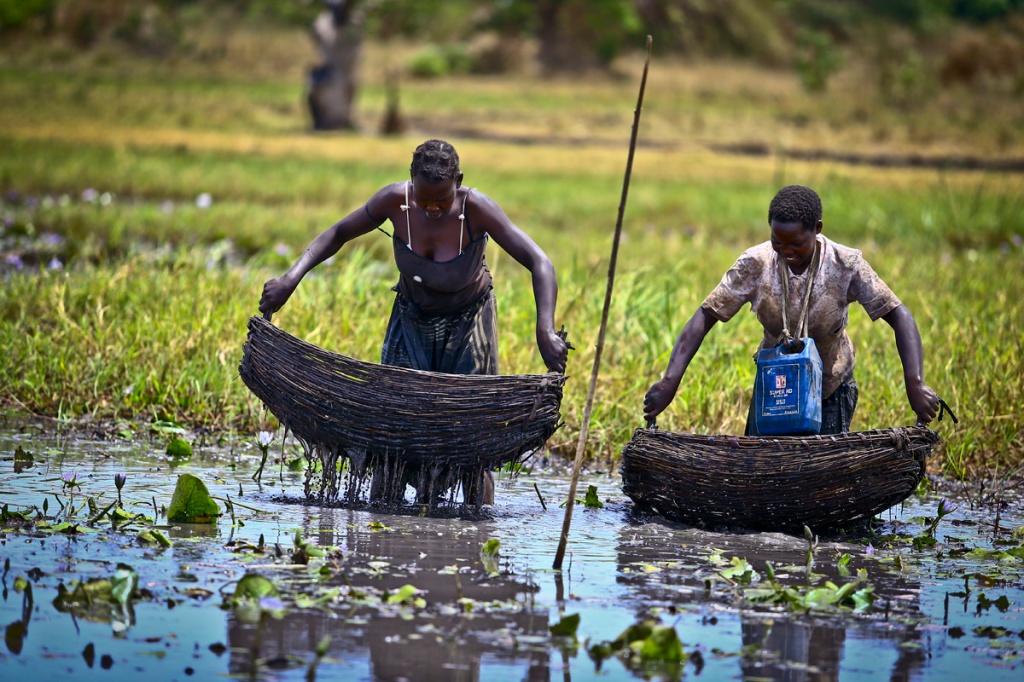 The more numbers, the better the chances of catching fish. Your next fish depends on collaboration. Confuse the fish and then trap them into the baskets or simply catch them with your hands-whichever is easier. The two ladies here seem to be enjoying every second of their team effort- even throwing in some smiles along the line of duty.
The more numbers, the better the chances of catching fish. Your next fish depends on collaboration. Confuse the fish and then trap them into the baskets or simply catch them with your hands-whichever is easier. The two ladies here seem to be enjoying every second of their team effort- even throwing in some smiles along the line of duty.
A shadow of a woman is cast on the muddy waters. The composition of the gang is very much a mixer of both men and women. Some families come along with everyone-who cannot be swallowed in the shallow waters.
HOW IT WORKS:
A fish’s eye is sometimes comparable to humans. Though fish has a comparably stronger adaptation in low light, gang fishing aims at reducing visibility, increase the amount of debris in the water to prevent an easy swim for fish and also polluting the water.
When hundreds of people have facilitated these conditions, the different fish species will slowly come to the surface at intervals to catch fresh air. In this first illustrative picture, the Kedi George takes sneaking steps, scanning the water of any fish floating on the surface.
He identifies the target, positions the locally made triangular fishing tool at a higher level, preferably above the fish in order to limit the fish’s vision. The fish in this shallow swamps do not have aerial visual advantage. Look at how calm George approaches his target. The water remains calm. That is very important in order not to scare away the fish. 
And a splash of water debris goes flying in the air as the fish is trapped. Yes, it looks like a catch. However look at his position. He remains a step or two away from what I would like to call, the fish trap zone. He pushes the trapping tool further down the surface of the water to prevent fish from slipping through underneath.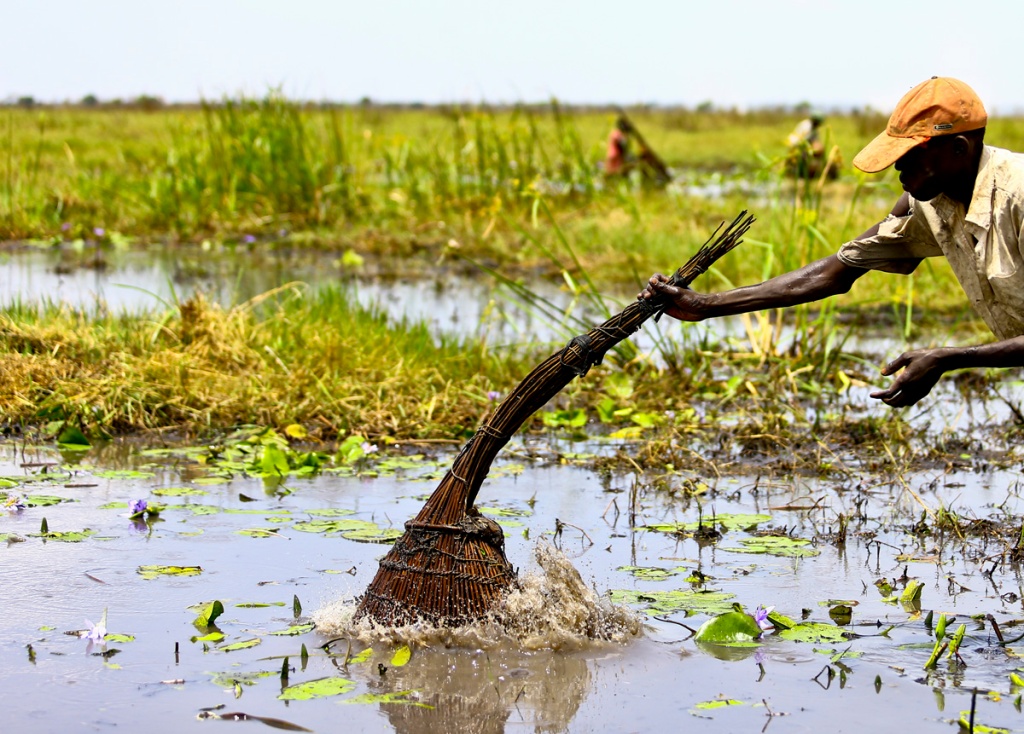
The fish, now trapped is in a state panic and stress. It knocks the walls of the fishing tool vigorously in an attempt to escape. But no, its trapped. And that is how George gets to know whether he managed to trap it or not. 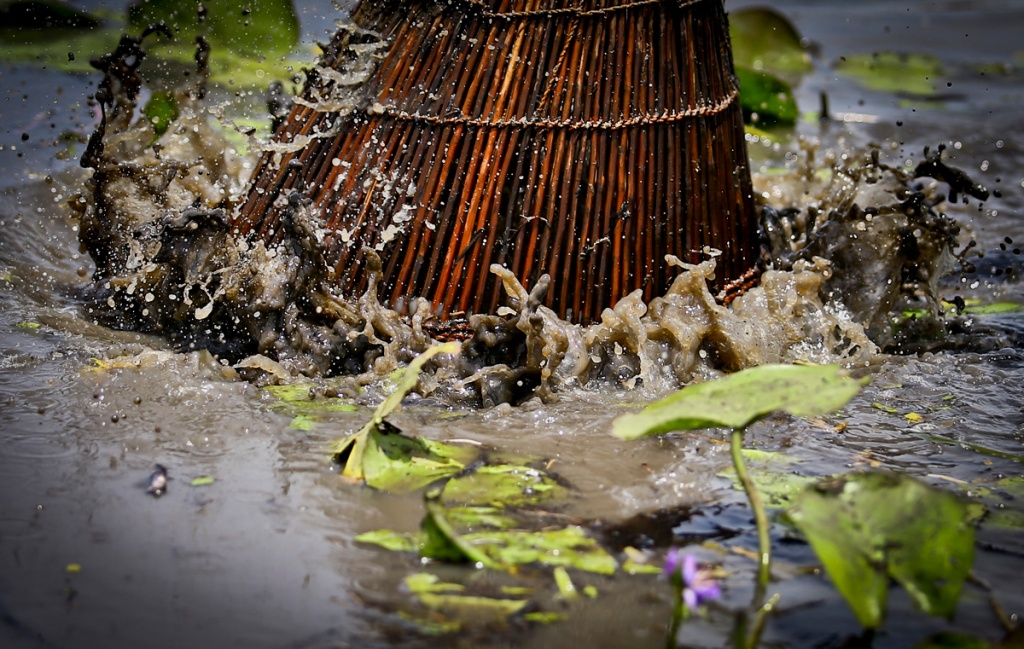
Sometimes, even without the alert the fisherman gets from the fish attempting to escape, he checks anyway. And also some fish species are small to exert noticeable force on the fish tool. And after hours and hours of trampling on the water, some fish remain weak and vulnerable and thus may not make a rush dash as others.
And it’s a catch. With beaming face, he successfully traps one. Seemingly small, he is happy anyway. Catching immature fish was initially forbidden and clan heads would punish any one found. Today though, the cohesion is barely existent. Clan heads no longer wield as much power as they did decades ago allowing more random fishing unabated. 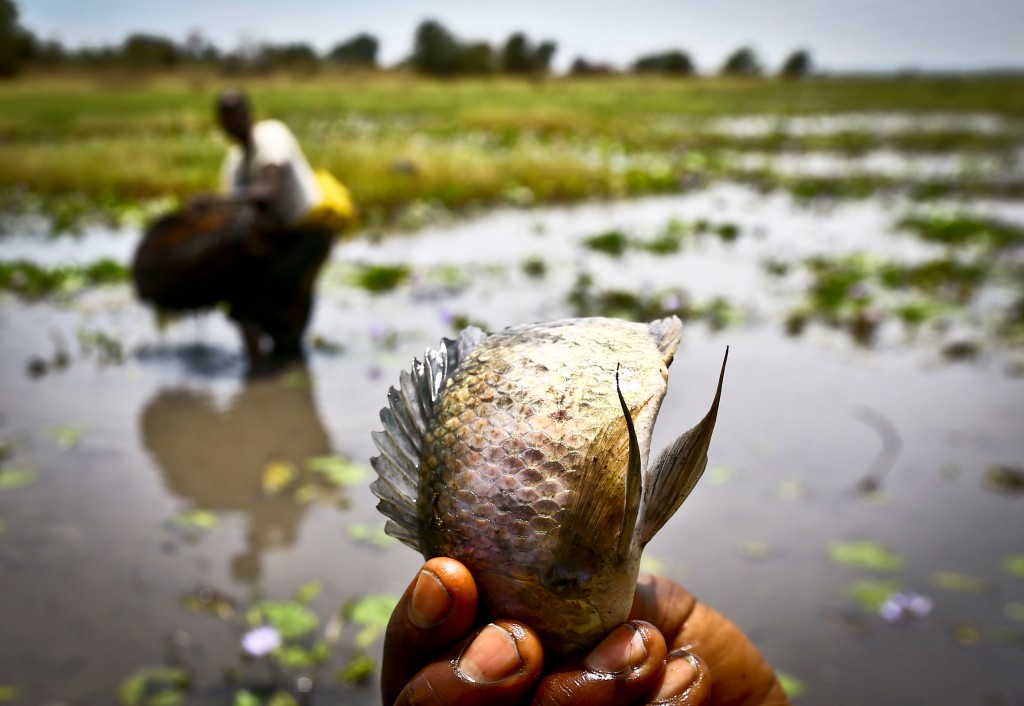
“Today, has been a good day,” Kedi George tells me in his native local Ateso language. “I wonder where the fish hides because sometimes it can be frustrating. I can go home now.” Looking at his greased-like polythene bag, he indeed got something. “We are very poor.” He continues. “This is the only few times my family gets to change diet”. 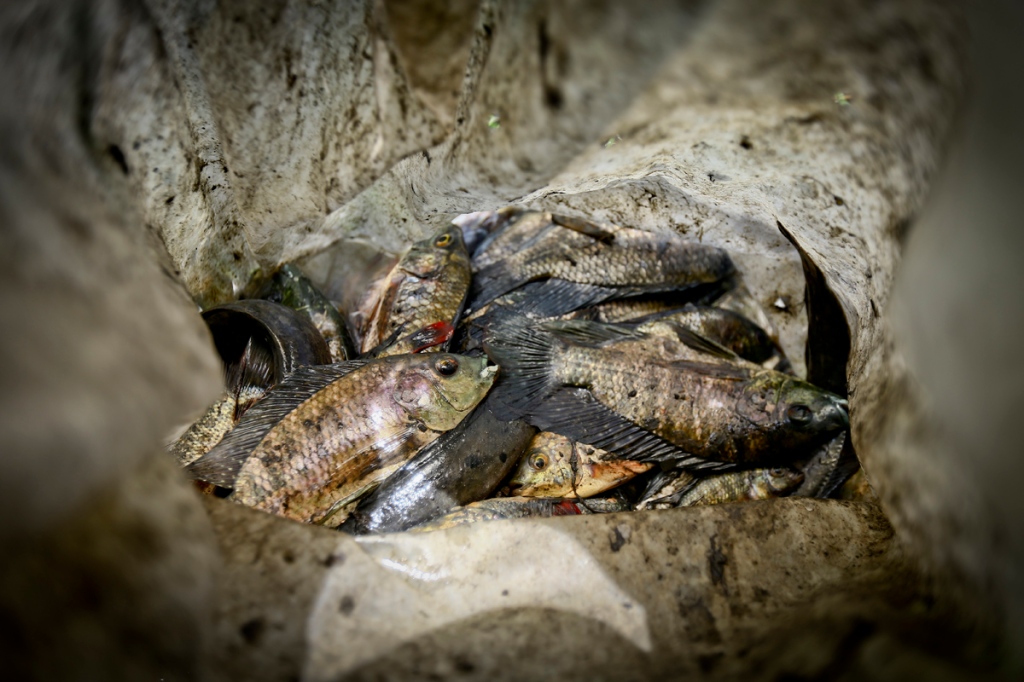
Life is full of contrasts. On one hand, a blossoming flower survives hundreds of pounding steps from families who indiscriminately search for fish, catching or killing anything on their way. Except dirty splashes of water on its shoulders, the flower survives for another. BESIDES the flower is a lifeless fish. Dead out of consistent invasion of its territory, its home by ruthless humans who will stop at nothing to have fish on their table meals.
A quick snack of raw cassava is what most of these families eat during long hours of fishing. Kedi George (in the background) together with a family member re-energizes with a bite of cassava after an exhaustive day. 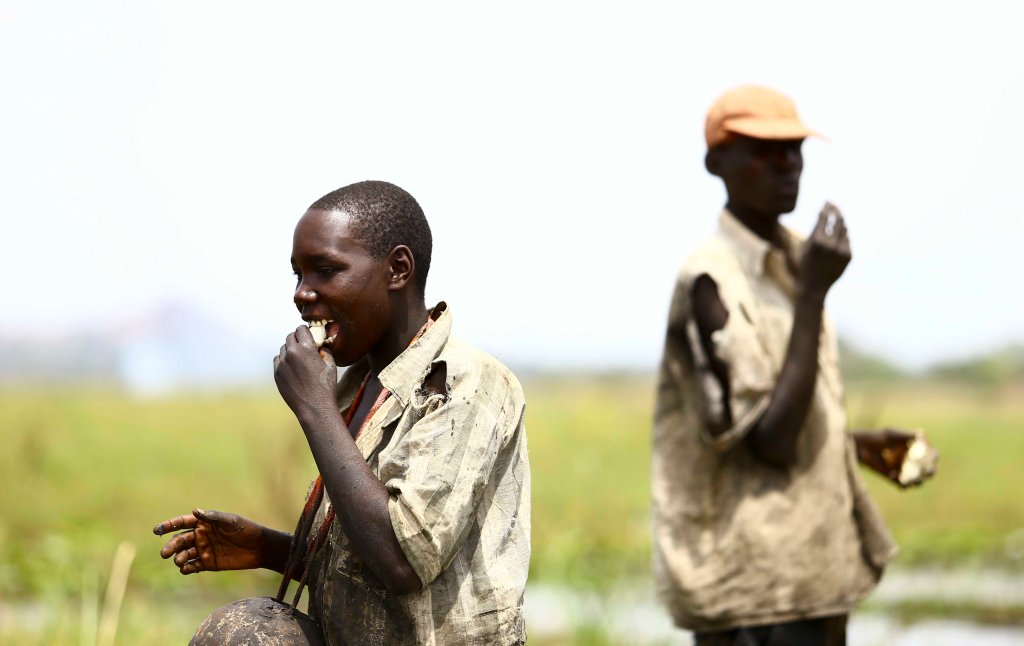
George Kedi, can now ride his bicycle home-in Wera, some 15km away from the fishing swamp. His other family members composed of mostly women, will walk that stretch. It’s a normal walking distance for most of the people. Another day gone. Another water family reunion made. The tradition of gang fishing lives on. 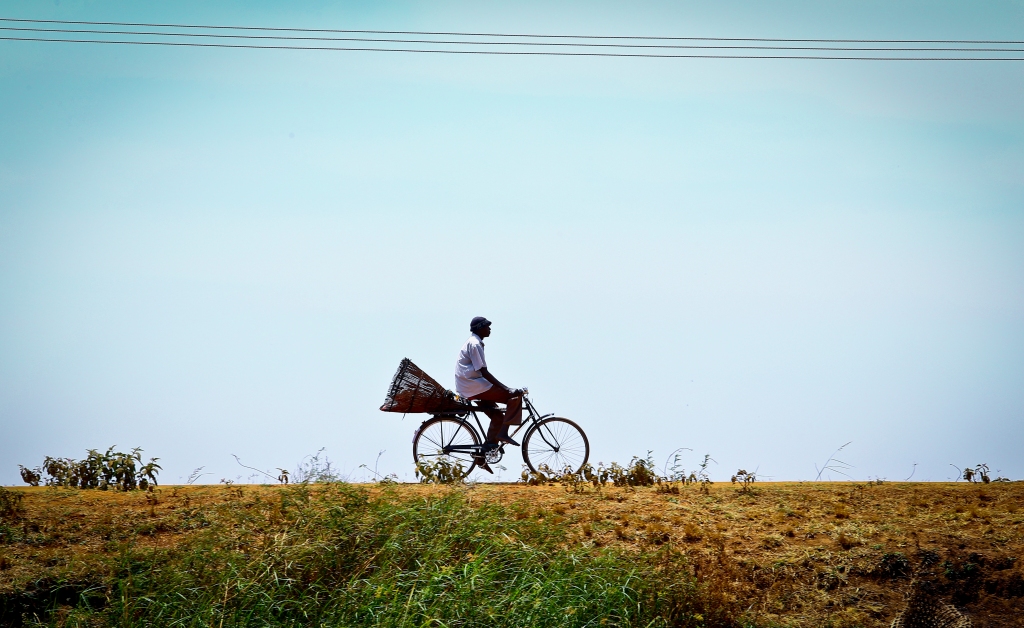
Why It Pays to Be Born in Kampala
The World Bank has this week launched a report; “Inclusion Matters, The Foundation for Shared Prosperity”, the very first of its kind to be launch in Africa. The report seeks to embrace humanity with the basic social, economic and political policies.
In a nutshell, the report shows barriers that prevent people from participating in their nations political, economic and social life such as people with disabilities, women and LGBTs.
What does social inclusion mean? The report defines it as “ The Process of improving ability, opportunity and dignity of people, disadvantaged on the basis of their identity, to take part in society.”
The report couldn’t have come at a better time, one week after, Oxfam reported that a combined wealth of 85 of the worlds’ richest people are valued at equivalent of 3.5 billion people globally combined.
This report paints a bold picture of the status of inequality that exists in Uganda today where few people continue to limited access to markets, favorable tax heavens, gender disparities and financial muscle among others.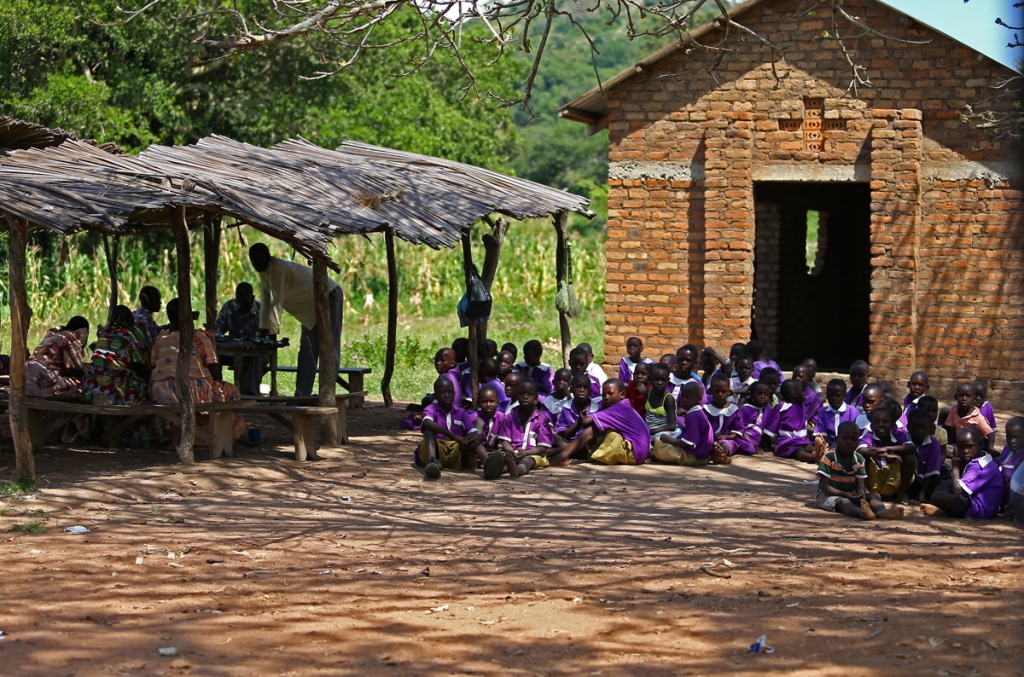
“This massive concentration of economic resources in the hands of fewer people presents a significant threat to inclusive political and economic systems,” the Oxfam report noted.
Uganda Case Study:
Despite Uganda’s sustained economic growth average of 6% annually over the past 15 years, social economic inclusion across the country remains greatly imbalanced from region to region.
What does inclusion mean to an ordinary Ugandan?.I will use the report diagram to illustrate one of the most important social benefits in not just Uganda but the world- Electricity.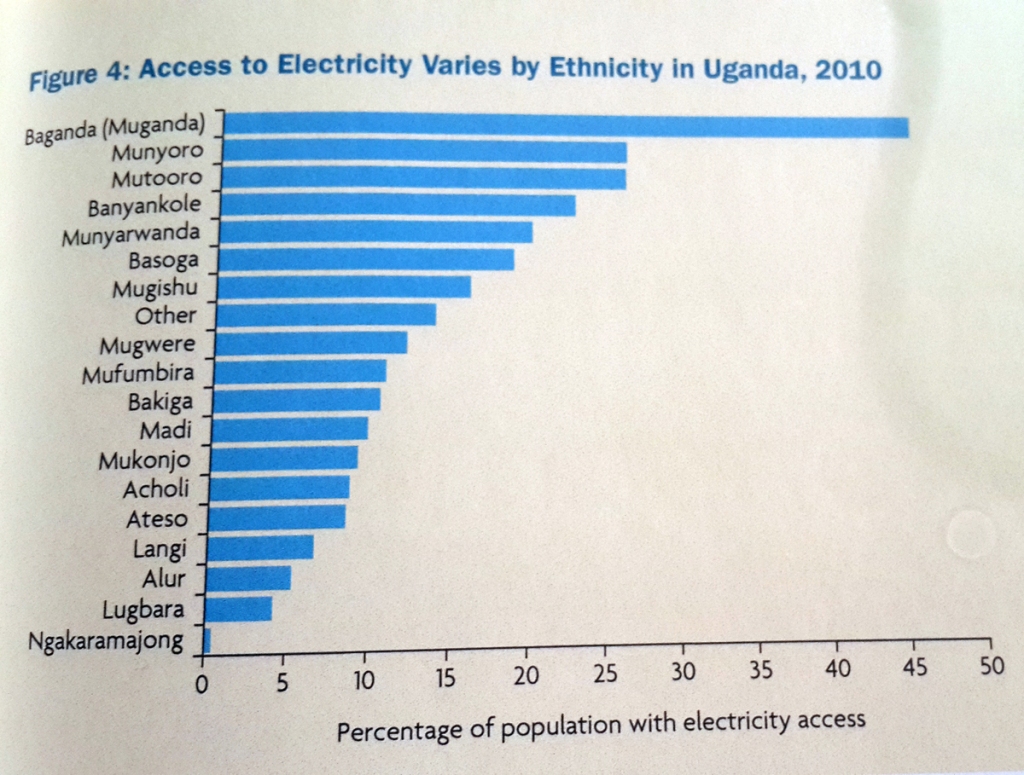
Uganda’s power sector is suffering from a shortage of generating capacity due to prolonged drought, inadequate investment in least cost generation capacity and a relatively high load growth. The power deficits resulted in massive electricity rationing according to Uganda’s Ministry of Gender and Economic Development.
Statistics from the Uganda demographic and health survey 2011 shows that access to electricity strongly varies by ethnicity.
In Uganda for instance where electricity coverage is low in general, almost half the Baganda (largest tribe in Uganda) reported to having electricity, but less than 5% of the Karamojong did.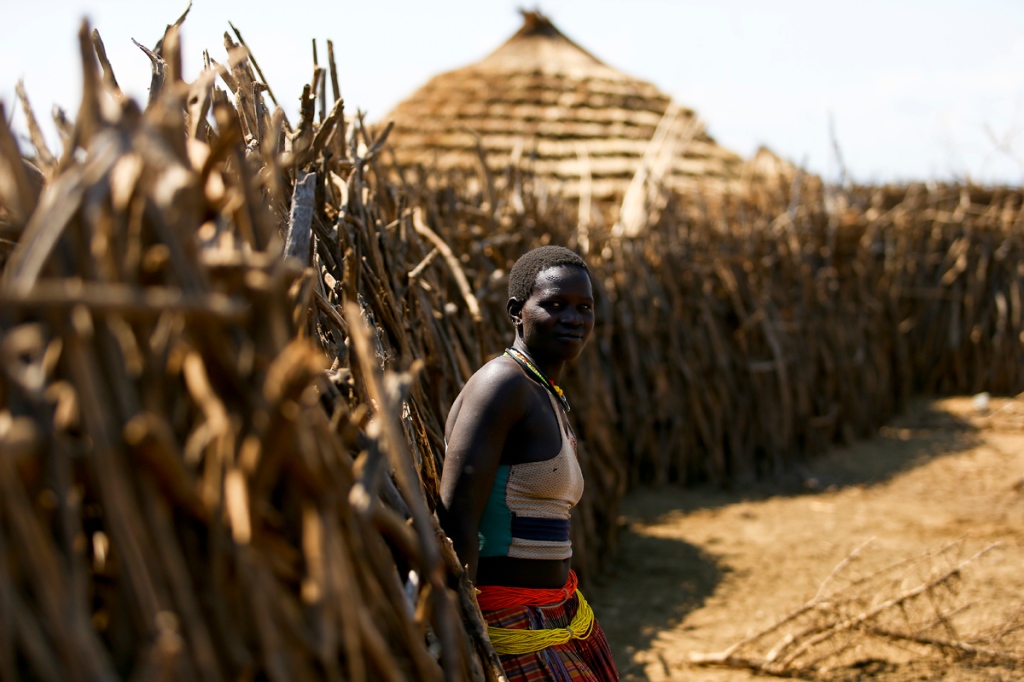
What explains this? Karamoja region is one of the least developed regions in the country with a limping infrastructure. The region is still recovering from prolonged decades of ethnic conflict, compounded by cattle rustling that have rendered her inaccessible for social services.
On the other hand, Buganda region has enjoyed relative peace for decades, booming economic activity, a growing industrialization and a geographical proximity to the capital, Kampala.
The report further illustrates that social exclusion in water insecurity, is highest among the Langi, Iteso and Alur, with the Bakiga, Munyankole and Batoro having the least experiences of water insecurity.
Some of these social imbalances according to retired Rt Rev. Zac Niringiye, now social activist have been in existence for decades.
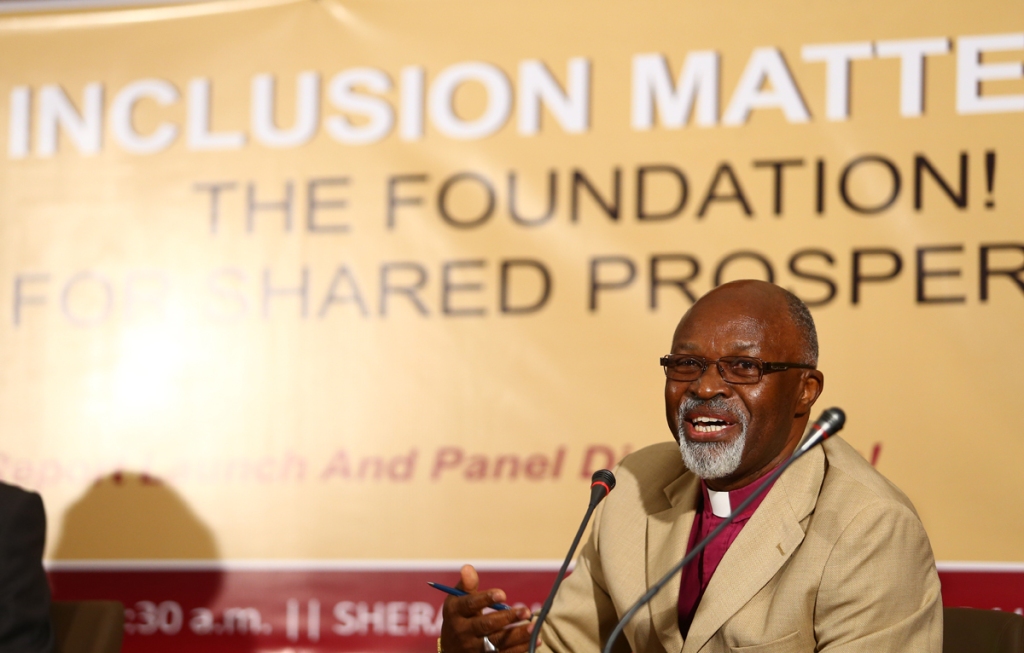 “The history of this social, economic and political development has been that of exclusion,” Rt. Rev. Zac Niringiye lamented during the launch of the report. “The trend has not been one that seeks inclusion and in a way, has been deliberate.”
“The history of this social, economic and political development has been that of exclusion,” Rt. Rev. Zac Niringiye lamented during the launch of the report. “The trend has not been one that seeks inclusion and in a way, has been deliberate.”
Reports such as these are only important if their release influence the world of research, policies, programs and projects.
‘Little known’ tourism treasures in eastern Uganda
Well, lets start it this way.
“Uganda, was declared” Best Tourist Destination 2012” by Lonely Planet, the Leading and largest travel guide book and digital media publisher in the world.”
“NIGHT FISHING on Lake Victoria. For generations, people on the shores of Lake Victoria in East Africa have been using kerosene lamps for night fishing according to Wisions. The fishermen begin work at 6pm in the evening and finish at 6am in the morning braving the long cold nights.
“Kidepo Valley National Park has been voted the third best tourist attraction on the African continent by CNN Travel 2013.”
“Uganda was declared Africa’s preferred Birding Destination in 2013 by Africa Bird Club swelling with 1050 bird species- more than three-quarters of all the birds ever recorded in sub-Saharan Africa.”
“World War II grave yard in Jinja”. The Daily Monitor in a recent article describes the cemetery as a “Well kept “piece” of England in Uganda. The Monitor further states; The place was meant for Black Africans, who had served with the King’s African Rifles (KAR) and died in the course of defending the interests of Great Britain during the two World Wars. It, however, currently holds, along with the KAR members, the remains of Europeans. The majority of the remains here are of those who died in the Second World War.
Wait, then there’s the Mountain Gorilla’s. We are blessed with having the highest number of these rare creatures in the world.
The above are among the first web search results that loaded on my screen on click searching, “top tourist destinations in Uganda.”
Of course every country is synonymous with some kind of identity- good or bad- however, that usually represents a very thin and an unjust reflection of that entire country.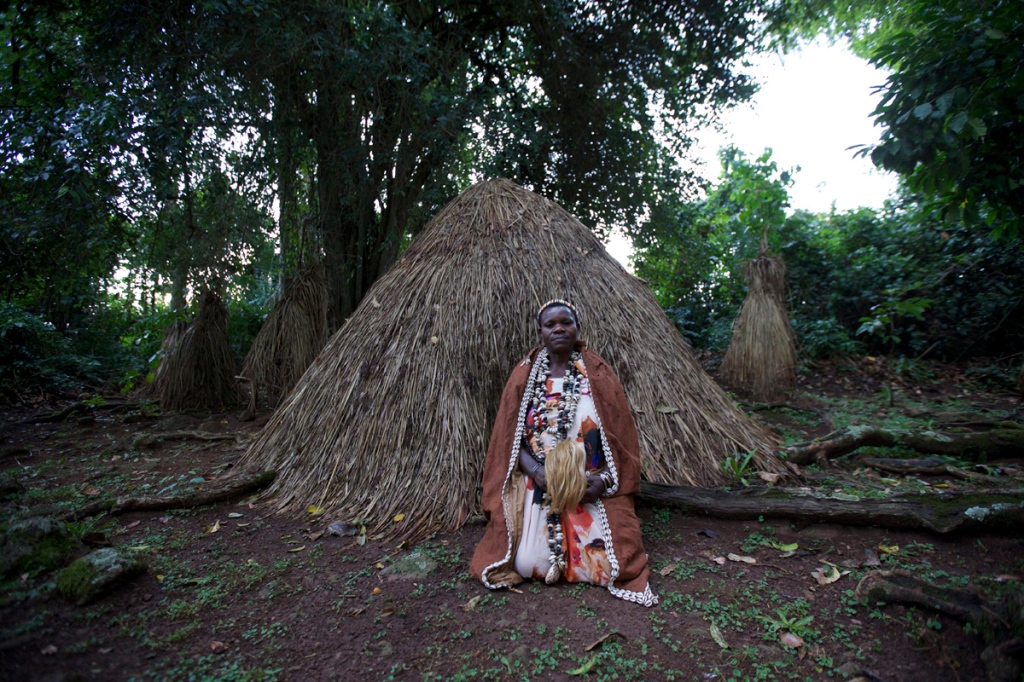
“The Kintu Shrine”…Kintu is a famous ancestral story taught in Ugandan schools. The family exists.” Kintu is a mythological figure who appears in a legend of the Baganda of Uganda as a creation myth . According to this legend, Kintu was the first person on earth , the father of all people.
When you talk about Safaris, Kenya comes to the fore. Kilimanjaro is synonymous with Tanzania; The Pyramids is easily identified with Egypt and many more.
For the case of Uganda, it’s not just about Gorillas and Bird watching, Kidepo, this country is littered with an abundance of cultural riches.
Sadly, many of these places remain untapped, unattended too and a continuous cycle of our rotting history continues to wane without a care.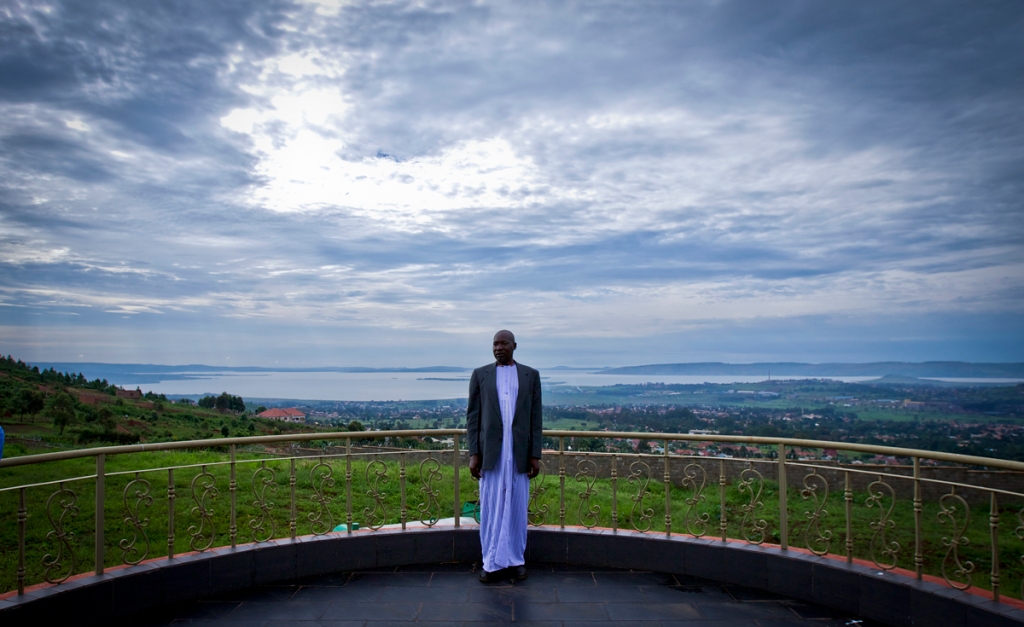
“Acting Busoga Kyabazinga (KING) Isabalangira Daudi Kaunhe Wakooli posing for a picture at the balcony of the Kingdom’s palace in Jinja. The palace is currently closed due to ongoing hereditary wrangles.”
There is a faint ray of hope though. The UNDP has embarked on creating a tourism catalogue of Uganda with greater emphasis laid on ‘little known’ tourism spots. In this post are some of those destinations i visited in eastern Uganda.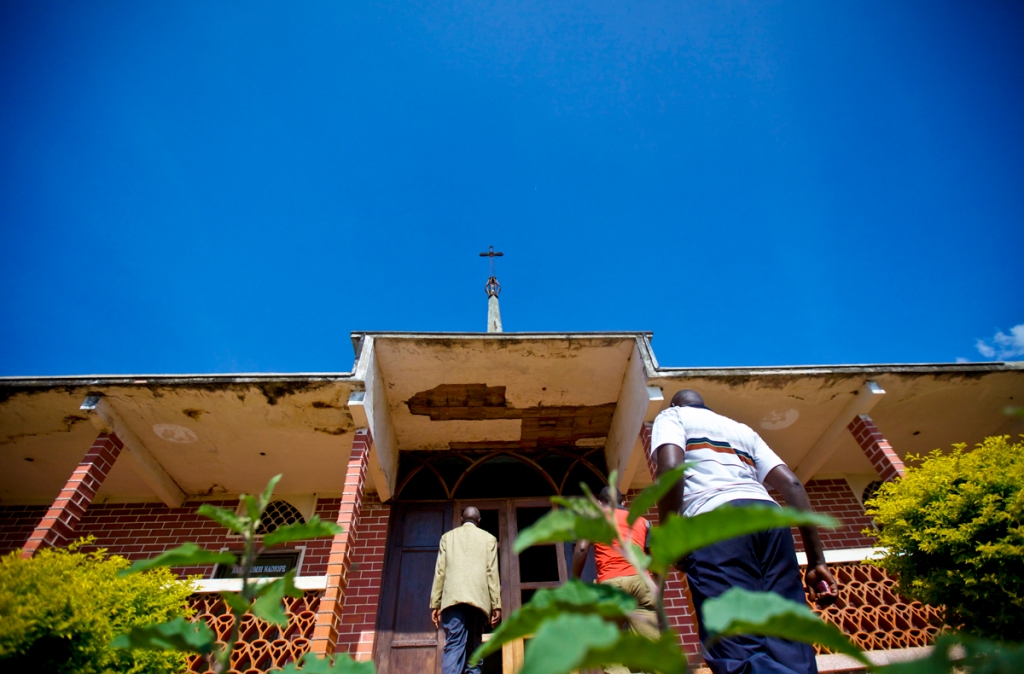 “The site where the first Vice President of Uganda, William Wilberforce Kadhumbula Nadiope III was buried in Kamuli.”
“The site where the first Vice President of Uganda, William Wilberforce Kadhumbula Nadiope III was buried in Kamuli.”
.
“Khauka cave in Wanale Ridge is spectacular. Historically used for shelter and livestock.”
.
“A vintage point in Buyende from where River Nile meets Lake Kyoga.” Its at this point that you can clearly see the border points of five districts of Nakasongola, Kaberamaido, Lira, Buyende and Palisa.”
.
“A great great great great grandchild of Semei Kakungulu at home in Mbale. Kakungulu was a warrior and statesman of the powerful Baganda tribe. During the 1880s he was converted to Christianity by a Protestant missionary who taught him how to read the Bible in Swahili. Because he commanded many warriors, because of his connections to the Bugandan court and because he was a Protestant, the British gave Kakungulu their support”
.
 Wanale Ridge.One of the many spectacular Mt. Elgon ranges from where you can have a 360 view of the neighbouring lands-plus Kenya.
Wanale Ridge.One of the many spectacular Mt. Elgon ranges from where you can have a 360 view of the neighbouring lands-plus Kenya.
.
Sisiyi Falls: The New Vision called it; The “Magnificent Spectacle” What more can i say? The New vision further adds…”It stands out from a distance as you take the highway from Mbale to the districts of Sironko, Bulambuli, Kapchorwa and Moroto. The apparent white patch running down the side of the rock outshines a luscious green backdrop covering this section of the Elgon mountains.”
.
The East African Civil Aviation Academy or Soroti Flying School: Millions of Ugandans to date are still ignorant of the institutions’ existence. The East African Civil Aviation Academy was established in 1971 to train pilots and aircraft Engineers for the East African market. With technical assistance from the UNDP-ICAO training programmes were appraised, equipment provided and the academy was linked to other institutions outside East Africa. Soroti Flying School is also credited for training Rwanda’s first female pilot.
.
NYERO ROCK PAINTINGS: A guide explains the origin of the Nyero rock paintings. According to UNESCO, The Nyero Rockpaintings site is a three tiered rockshelters with primitive paintings on their inner surfaces. Archaeologically the site is of a Later Iron Age period. The makers of the paintings cannot be traced but the ingenuity in which they were painted demonstrates a high degree of appreciation of their aesthetic values.
A boy rides a bicycle next to the Nyero Rocks in Kumi
PHOTO COPYRIGHT: UNDP UGANDA and EDWARD ECHWALU.
PHOTO OF THE DAY: Viewing Solar Eclipse in Uganda
SOLAR ECLIPSE: Yiga Martin views the hybrid solar eclipse in Kamwokya, a Kampala suburb, with film roles (negatives) on November 3rd, 2013. Uganda was identified as the best location in the World to view the eclipse with the following places specifically giving the vantage point- Pakwach , Arua, Soroti, Masindi and Gulu. The Solar Eclipse is an extra ordinary geographical phenomenon of the movement of the solar system; the moon shields the sun and creates a temporary darkness.
Self Portraits at Robben Island
It sucks. I am talking about selfies.
A selfie is popularly defined as a type of self-portrait photograph, typically taken with a hand-held digital camera or camera phone.
“My first frustration. The focus was meant for me not the rocks at the foreground. Eventually, i got it the right settings after three attempts…I used the 10 -sec self timer.”
—
Here’s my brief story. I suddenly found myself on a trip to one of the most sought after “pilgrimage” destinations in Africa- Robben Island, in Cape Town.
“Our tour guide for the day, Kolekile Mahlahla. He was himself a political prisoner at Robben Island between 1980 and 1982. He was explaining to us how letters were reviewed before handing them over to the inmates. If a letter had political lines, the prison warders would cut those lines out in order to further kill the spirits of those fighting the apartheid regime.”
—
“Inside Prison Cell 466/64 where Former South African President, Nelson Mandela spent 27 years.”
—
The island is known for having been the place where senior African National Congress (ANC) leaders, especially Nelson Mandela, fighting against the brutal apartheid regime were imprisoned. It is now a UNESCO site 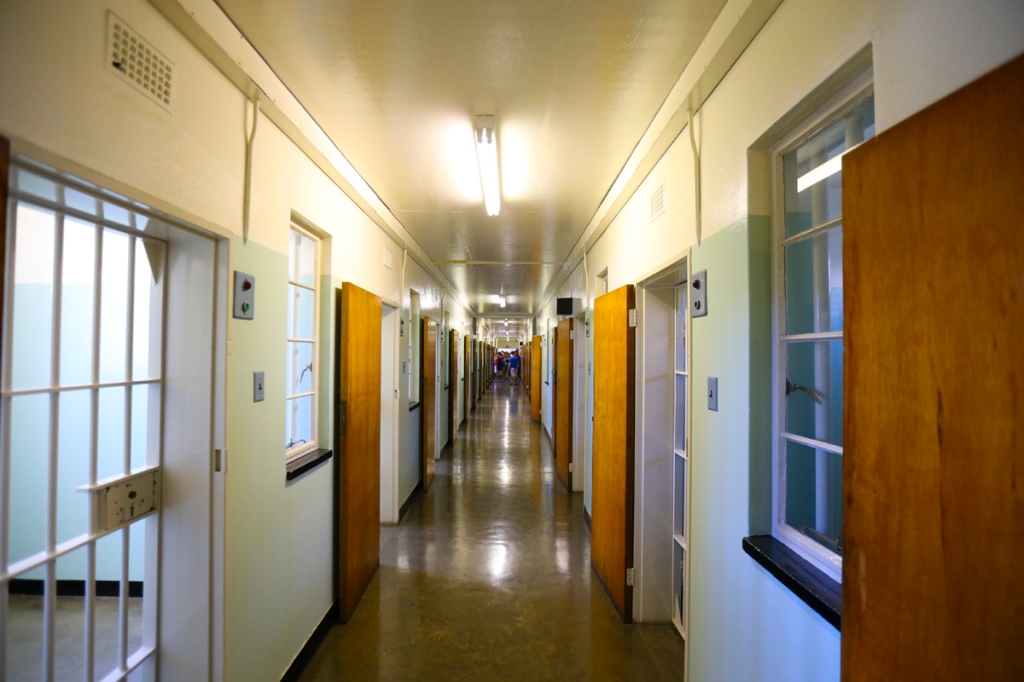
“Inside BLOCK B where the elite political prisoners were held. Former South African President, Nelson Mandela spent 27 years in a cell inside this corridor.The prison was divided into several blocks with “Block D” housing the least ranked political prisoners.”
With the popularity of Nelson Mandel across the world, a picture is this island would always be priceless.
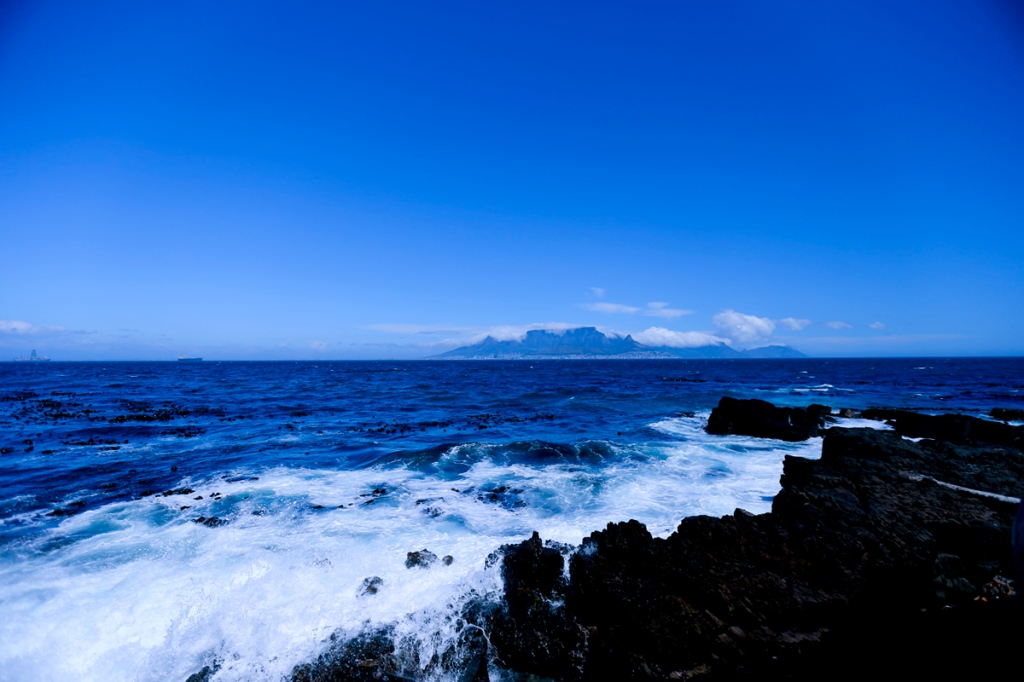
“In the background is Cape Town. The waves were moderate. The sea was calm. A perfect condition to explore Robben Island.”
—
And as we ventured into the brief 7km Ferry ride across the calm seawaters, I looked forward taking pictures at infamous maximum-security prison, a visit to the Murrays bay harbor, and possibly an interaction with a former prisoner.
“This space is where the prisoners used to mingle. Our guide, Kolekile Mahlahla, told us that, this is where the book; “The Long Walk to Freedom” by President Nelson Mandela was written. And because it was illegal to write, he used to hide the notes at the extreme right hand corner. “
—
And finally, I was there! Right in the middle of one of the world’s most poignant history, yet, a refreshing environment that reminded me of the price people have had to pay for the price of freedom.
“Another self portrait of myself in that space where “The Long Walk to Freedom” was written. “
—
While normally I am the guy behind the camera, that day, I wanted to be the guy in front of the camera. Remember, this was a holiday of sorts not an assignment.
 Everybody on this trip wanted to be in front of the camera. Even the kindest of requests for just a photo from the person next was bound to make a very uncomfortable reaction.
Everybody on this trip wanted to be in front of the camera. Even the kindest of requests for just a photo from the person next was bound to make a very uncomfortable reaction.
“A general view inside Robben Island Maximum Security Prison. According to statistics by the Robben Island Museum, 352 229 people visited the island in 2011/2012.”
—
I resorted to selfies. There were two ways this had to be done. One was for me to stretch either my left or right arm with a finger on the trigger, and the camera held in reverse. And snap!
Secondly was to set a 10-sec timer on my camera where I would then run in front and pose for the shutter to click.
Well, I tried both. An arms stretch turned out to be the preferred option because, the tour guide was moving at a terrific speed that I did not intend to get lost along the way.
The main entrance to the Robben Island Maximum Security Prison. Former South African President, Nelson Mandela spent 27 years behind bars in this prison.
—
I was delighted to be part of a very important segment of African history and making “The Long Walk to Freedom” at the end of my tour.
“A picture of the last political prisoners to leave the then dreaded Robben Island Security Prison in May 1991. The last common-law (not political) prisoners, who had always been held separately from political prisoners, left the island in 1996.”
—
THANK YOU NOTE:
THANK YOU to every single person who contributed towards getting me back on my feet. With the help of Maureen Agena , we collected UGX: 5.850.000. (USD 2,315) -Online+Mobile Money+Hand Deliveries+MoneyGram etc.
I have finally managed to acquire some cameras to resume work. For those who requested for Perks, during the crowd funding, deliveries will be between the months of November and January.
Apwoyo (Thank you).
-
LATEST POSTS
- FGM in Uganda: illegal by law, but ‘legal’ by culture
- Raw Emotions As Uganda Qualifies For The African Cup Of Nations For The First Time Since 1978
- Surviving War, Fighting River Blindness and Not Giving Up:
- EBOLA: I want to go to the frontline
- The Pain of Delivering a Life
- Gang Fishing in Teso
- Why It Pays to Be Born in Kampala
- ‘Little known’ tourism treasures in eastern Uganda
Recent Comments
hanningtonprpractiti… on FGM in Uganda: illegal by law,… Edward Echwalu -Phot… on Raw Emotions As Uganda Qualifi… Edward Echwalu -Phot… on Raw Emotions As Uganda Qualifi… Edward Echwalu -Phot… on Raw Emotions As Uganda Qualifi… RSS Links
MY ARCHIVE
-
Join 22.2K other subscribers
SEARCH
BLOG STATS
- 305,904 hits
USE OF IMAGES
All Images published here are property of Edward Echwalu unless where indicated.
They may NOT be downloaded or reproduced in any way without the written permission of Edward Echwalu.
Copyright 2016. All Rights Reserved.
FOLLOW ME on TWITTER
Tweets by echwaluTAGS
Africa African Photographer African Women Photography Agriculture Business CAF climate change East Africa East African Photographer Edward Echwalu Edward Echwalu Photography Freelance Photographer Edward Echwalu FUFA Gulu Health Heath Photos Uganda Human Rights Journalism Kampala Kasese Kenya Kiiza Besigye Kitgum Kizza Besigye Looking for photographer in Uganda LRA Media in Uganda News Photography in Uganda News Photography Uganda northern Uganda Photographers in Uganda Photographing in Uganda Photography Blogs in Uganda Photography in Uganda Photojournalism Photojournalism in Uganda Photojournalists in Uganda Photos in Uganda Photos of Uganda Photo website in Uganda Pictures of Women politics portrait poverty press freedom Professional photographers in Uganda Social Media soroti Tanzania Uganda Uganda. Kenya Photographer Uganda Cranes Uganda elections Uganda elections 2011 Uganda Freelance Photographer Uganda Health Photographer Uganda in Pictures Ugandan blogger Ugandan blogs Ugandan Photographer Ugandan Photos Uganda Photo blog Uganda Photographer Uganda Photography Uganda Photojournalist Uganda Photojournalists Uganda Photos Uganda pictures Uganda Police Uganda Tourism Ugandavotes UPDF USARAF US Army walk to work

